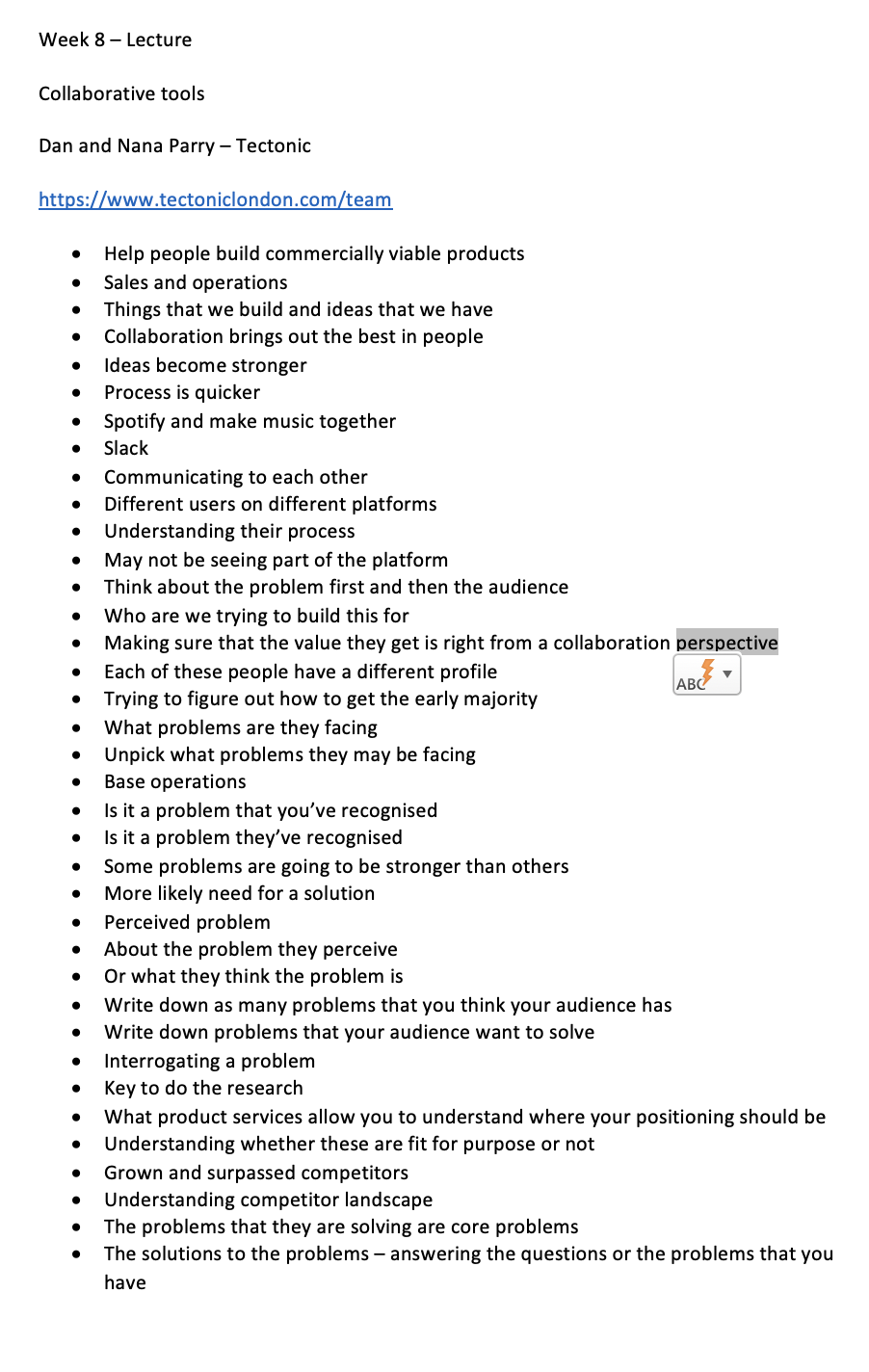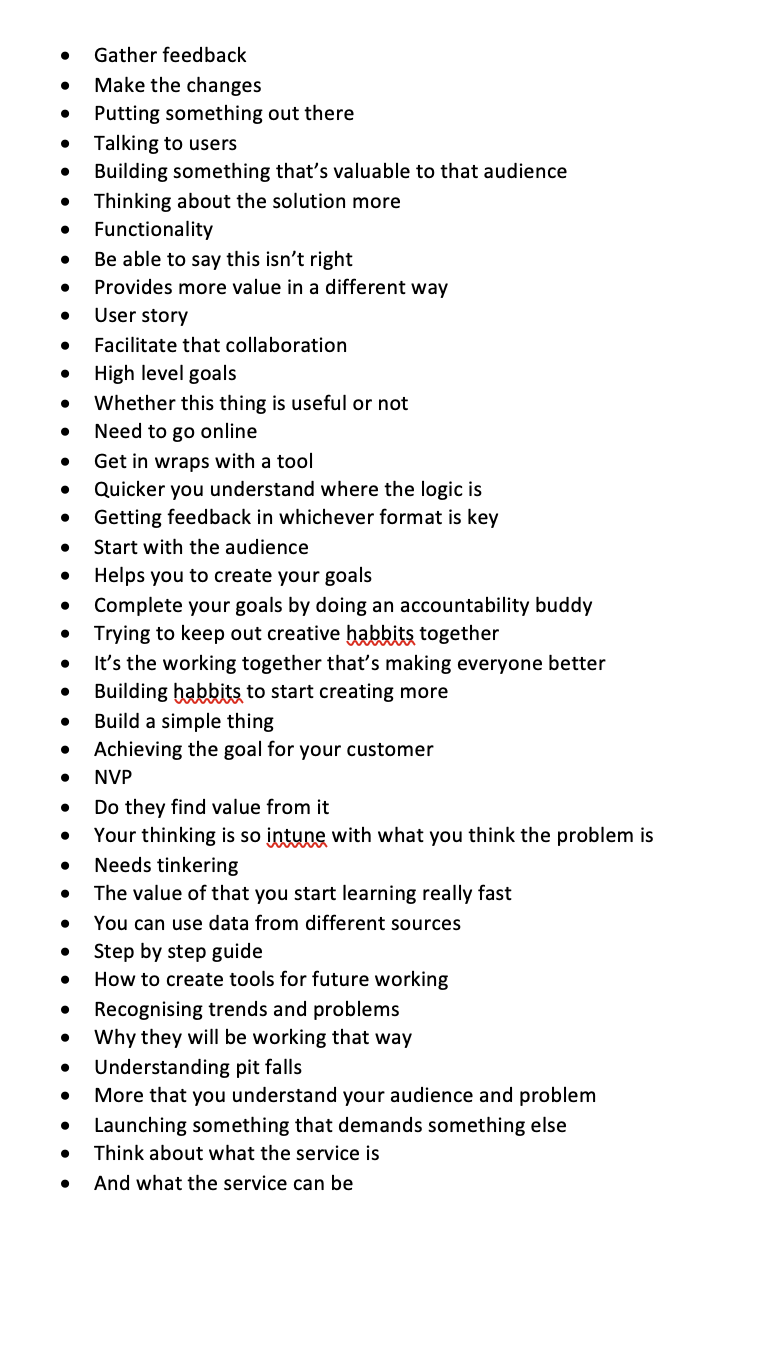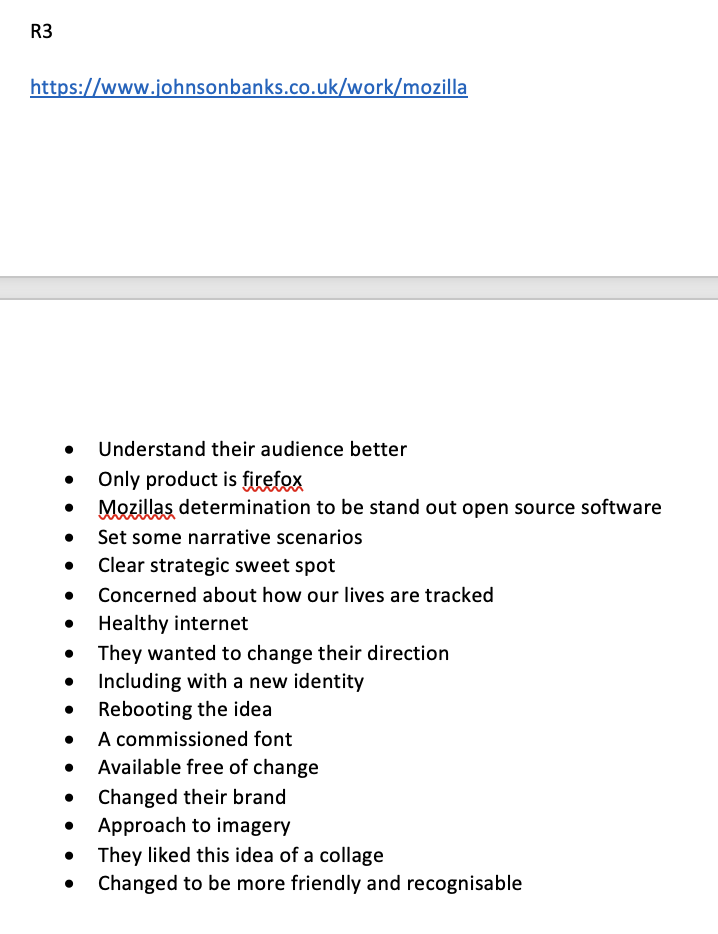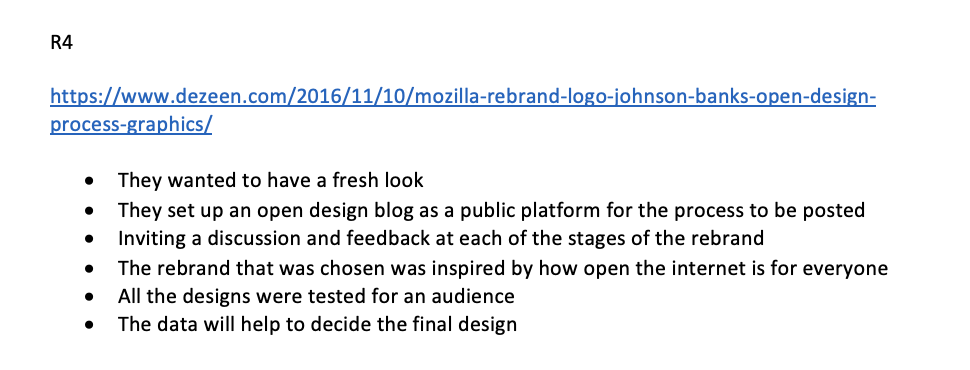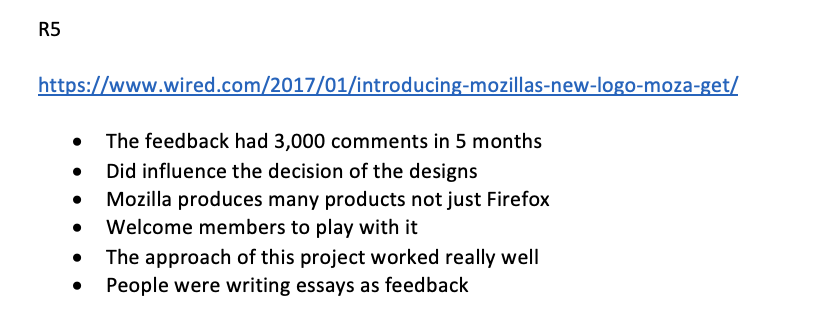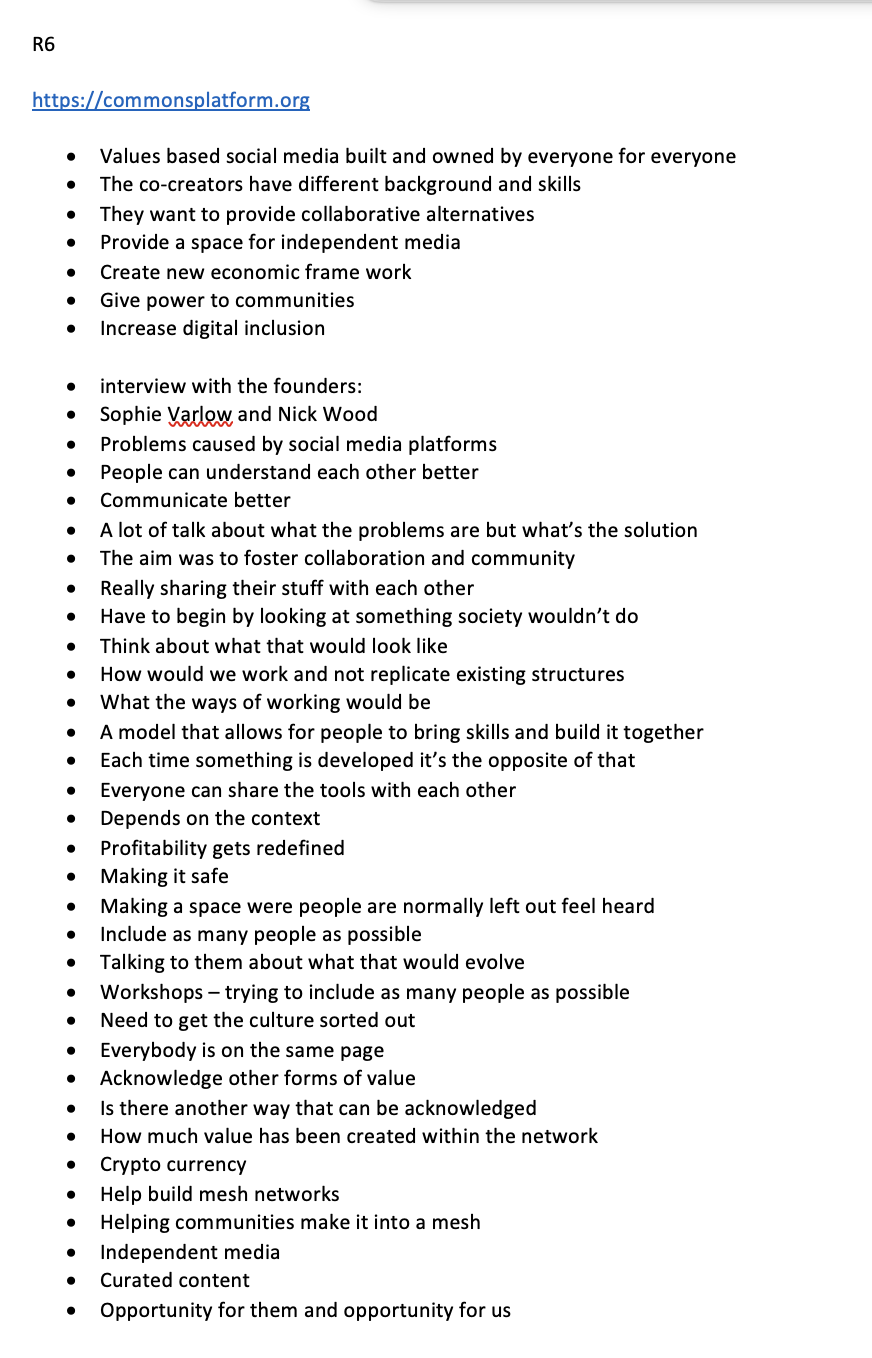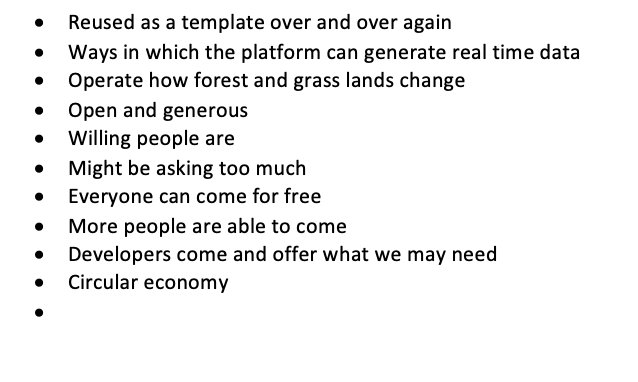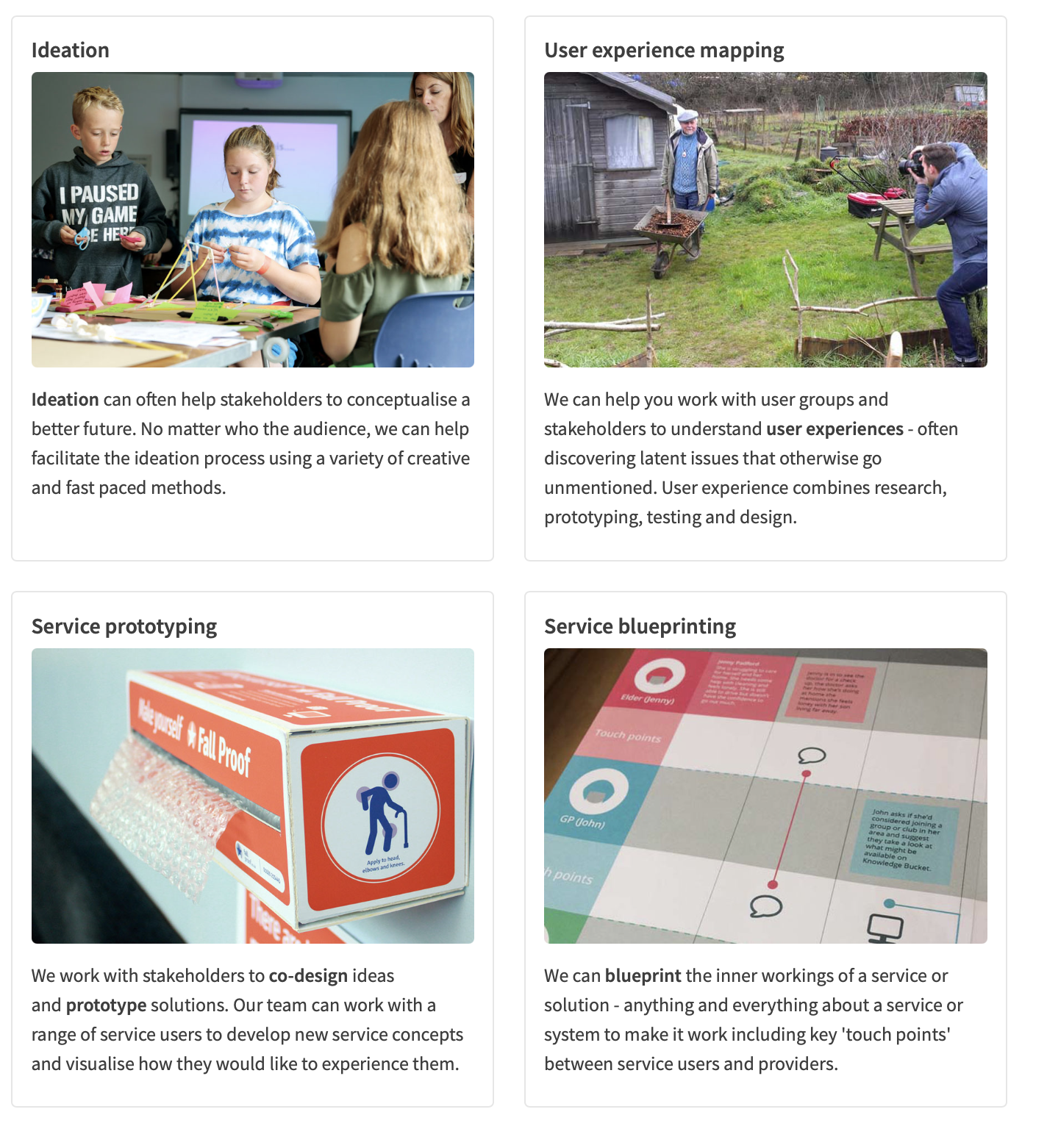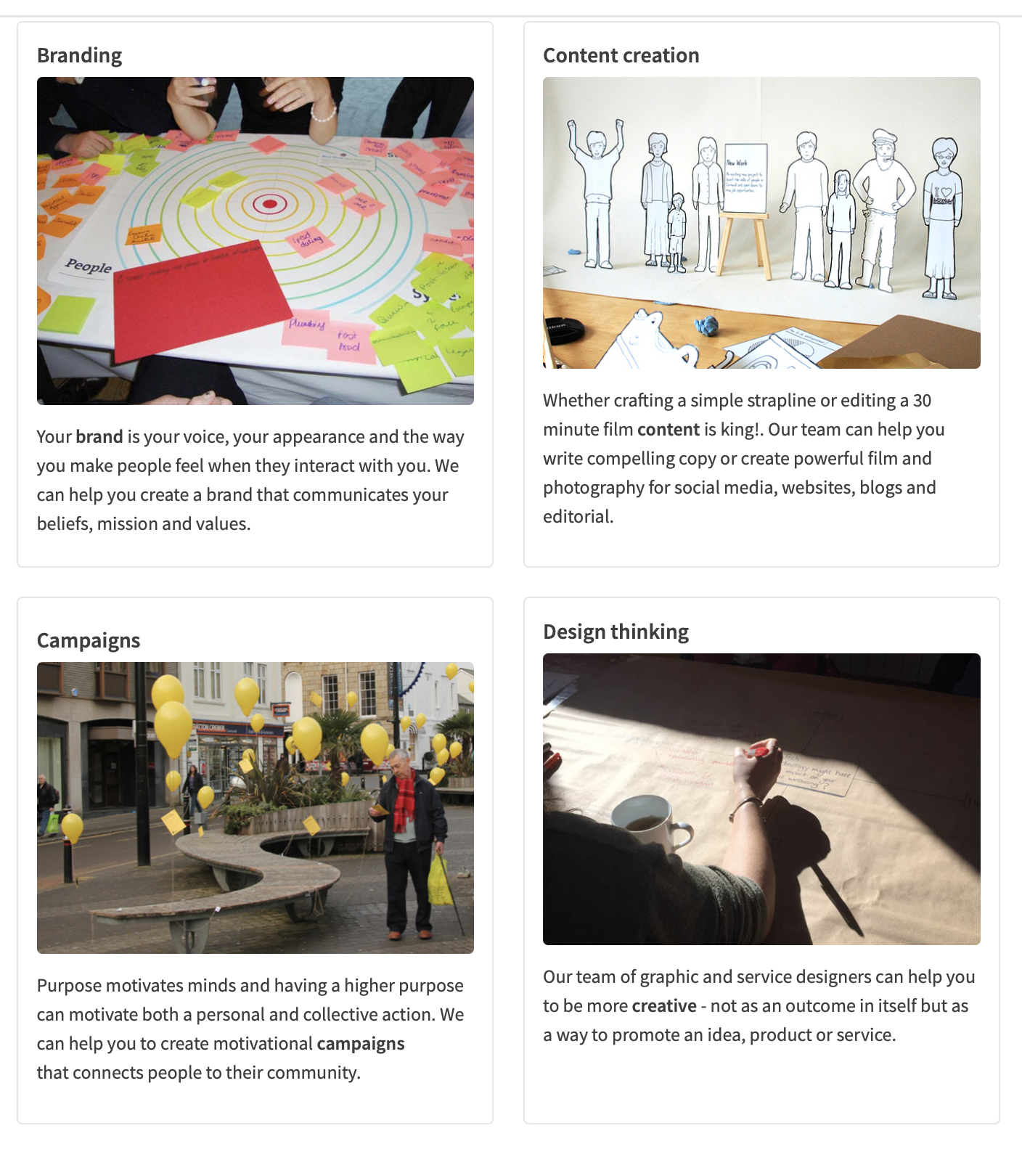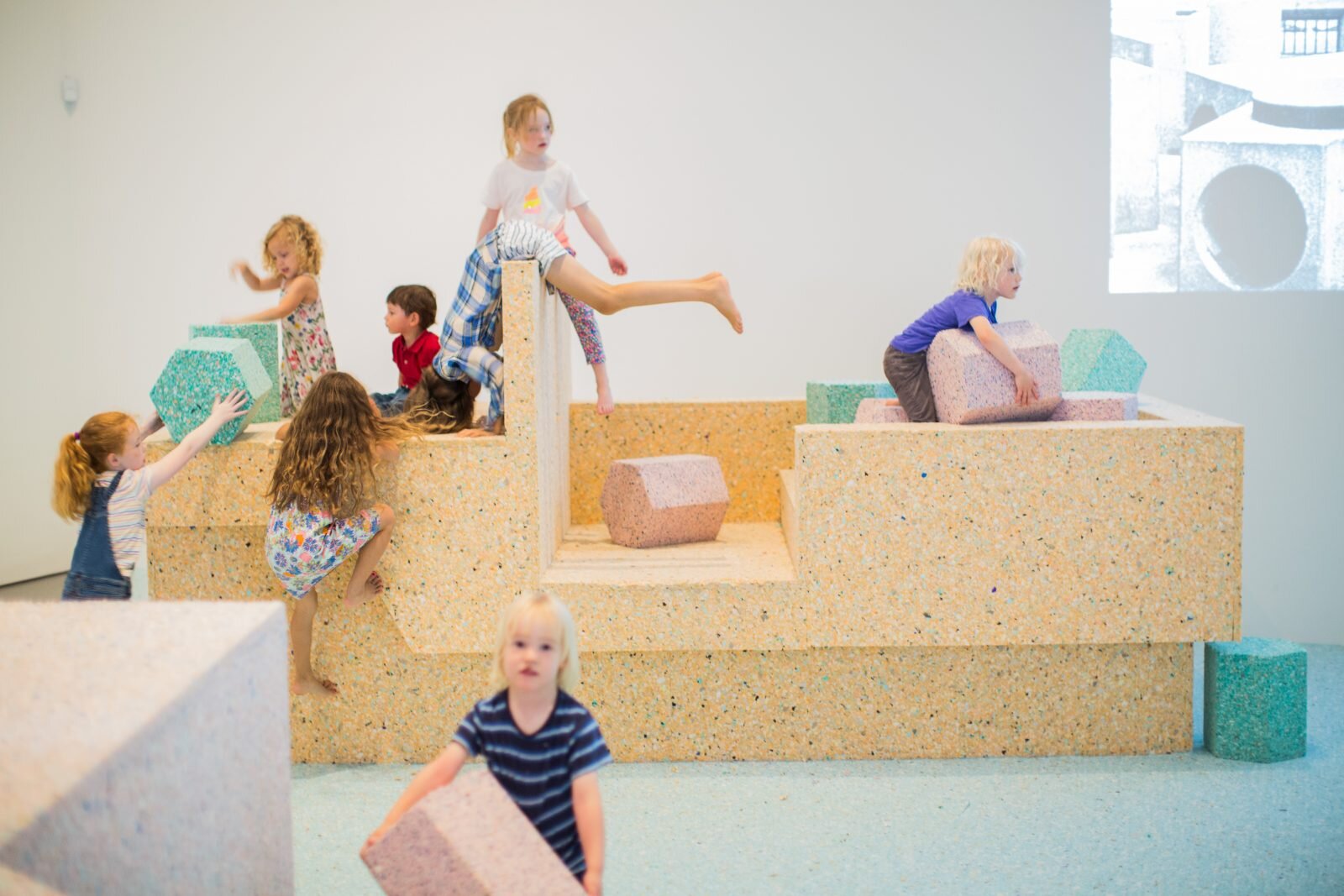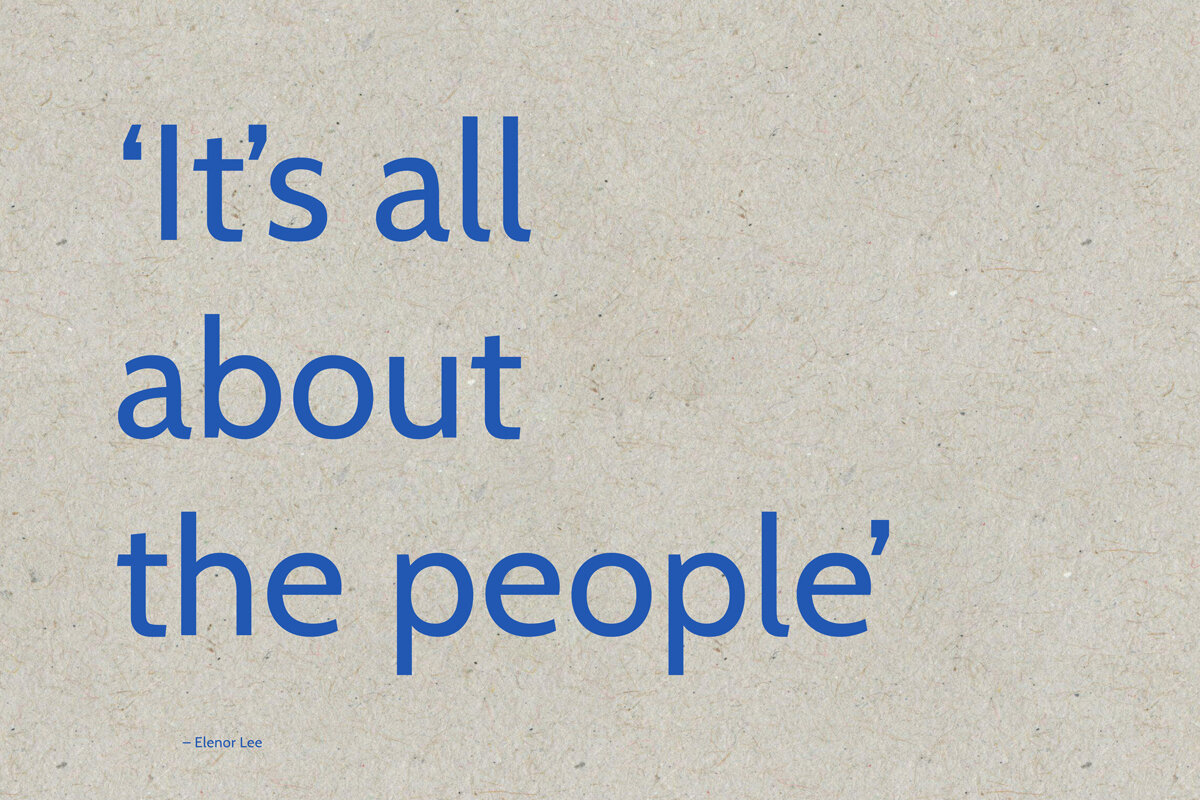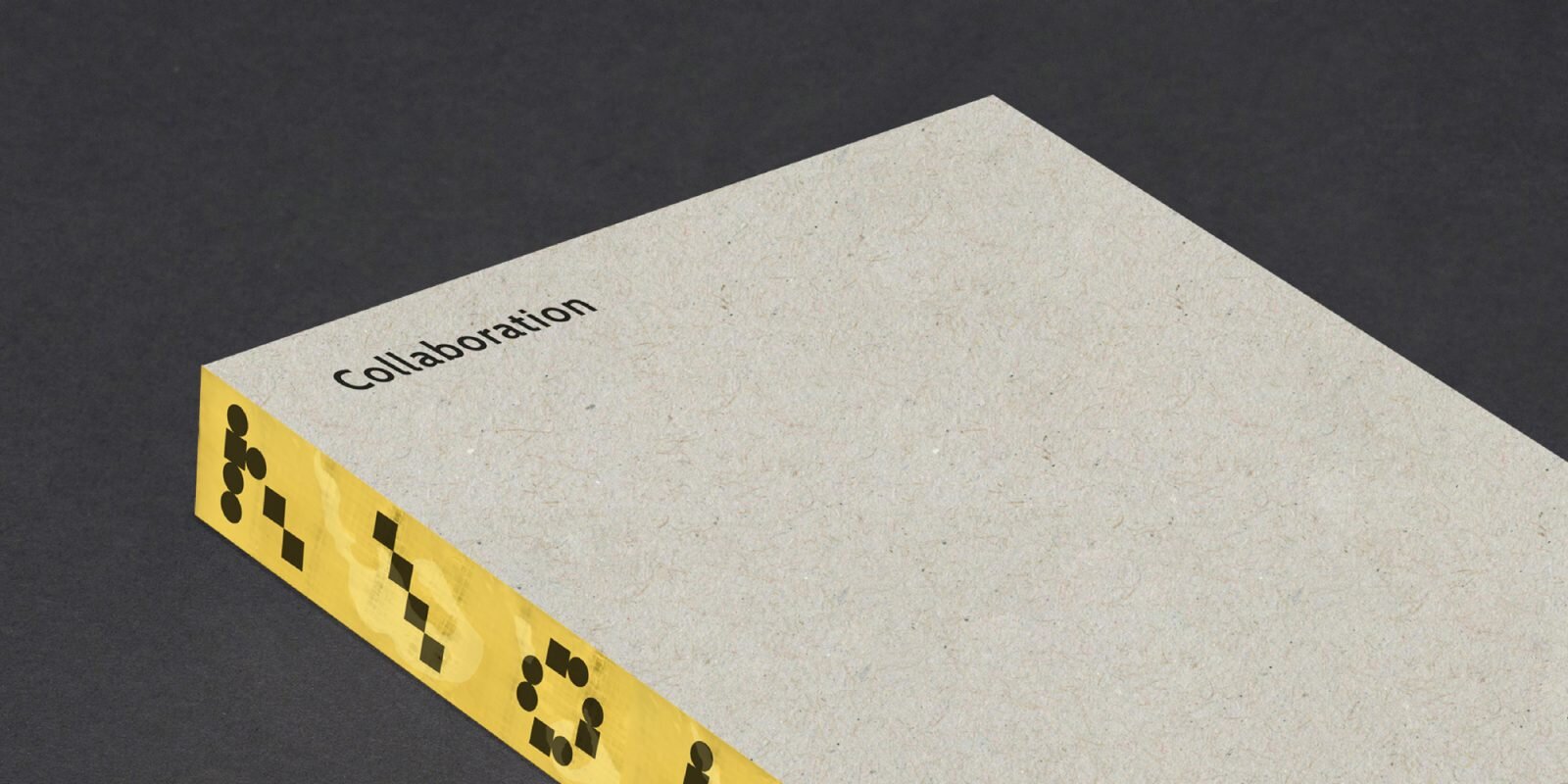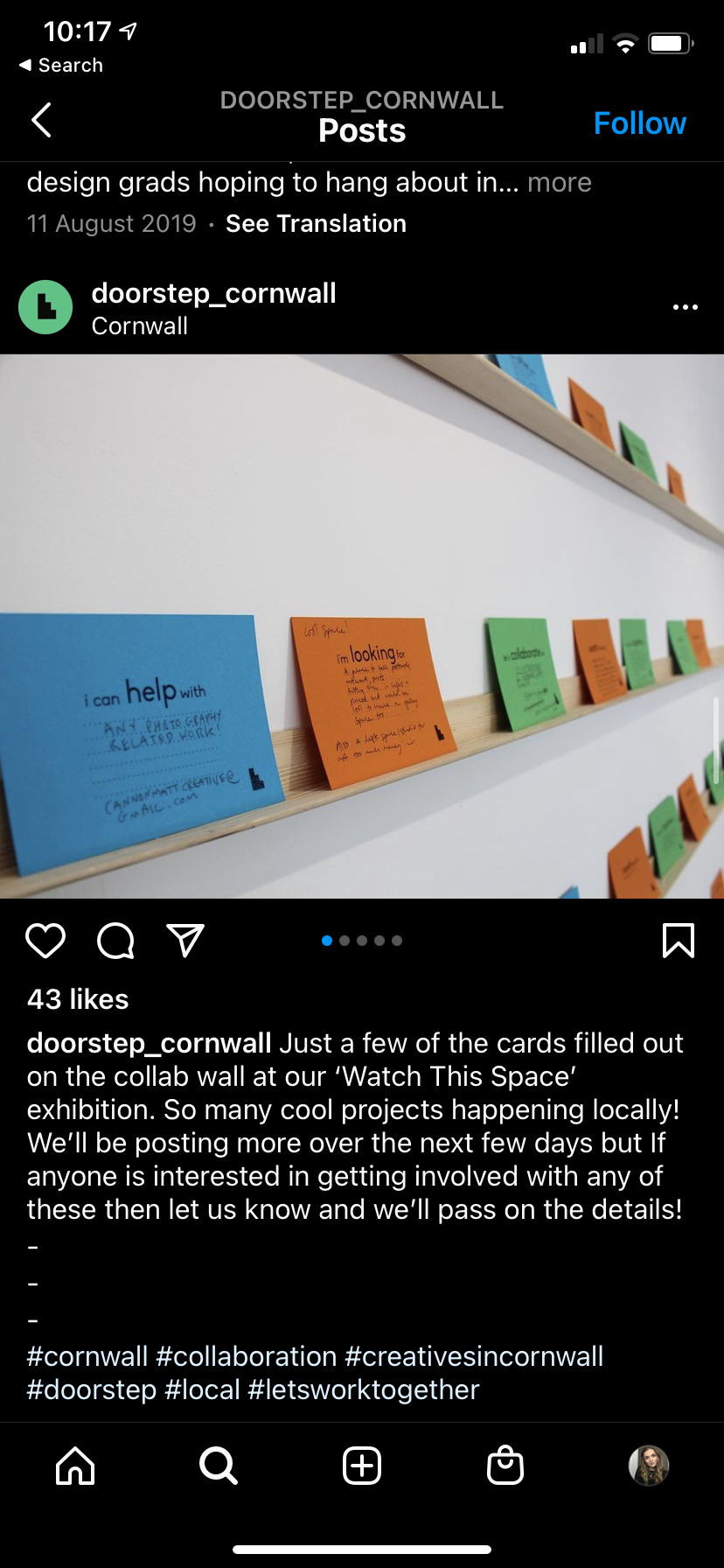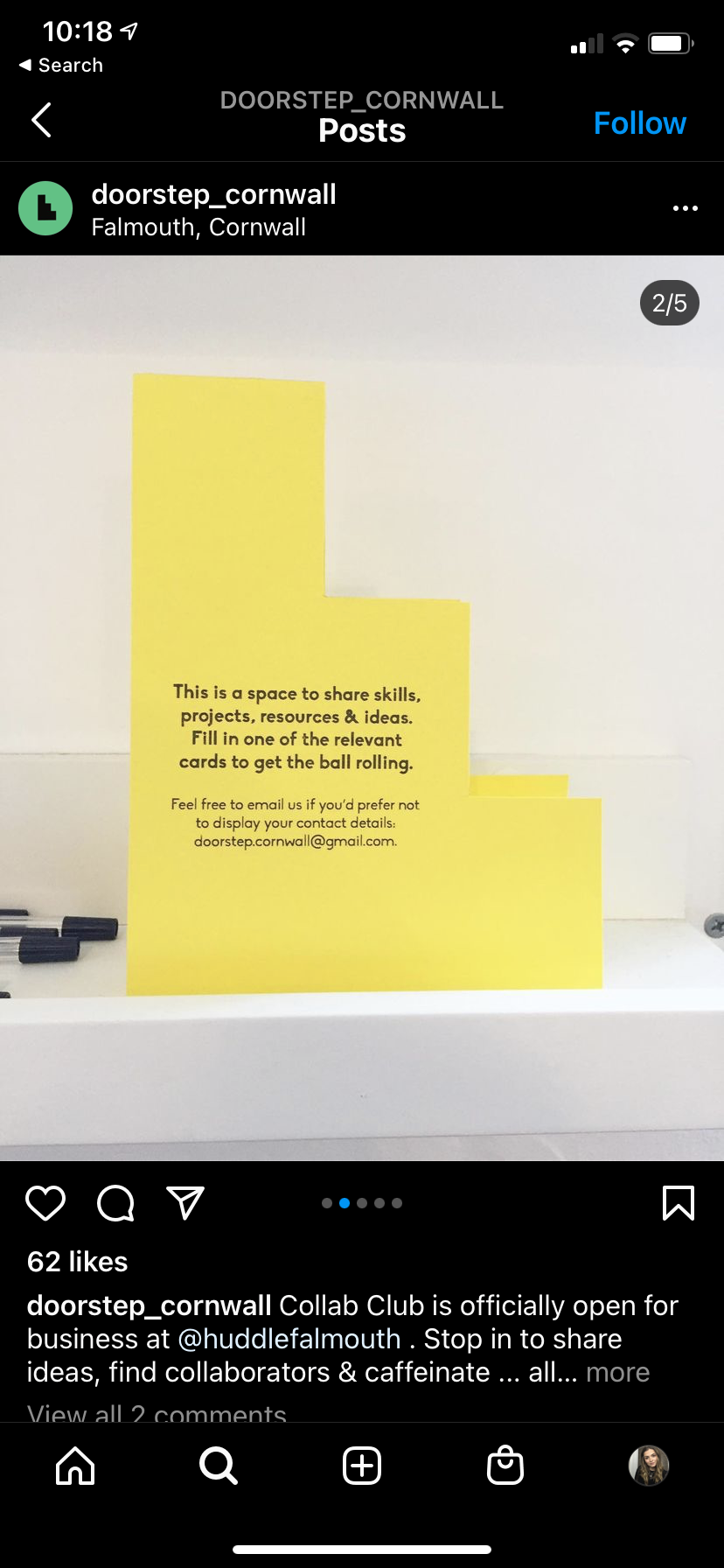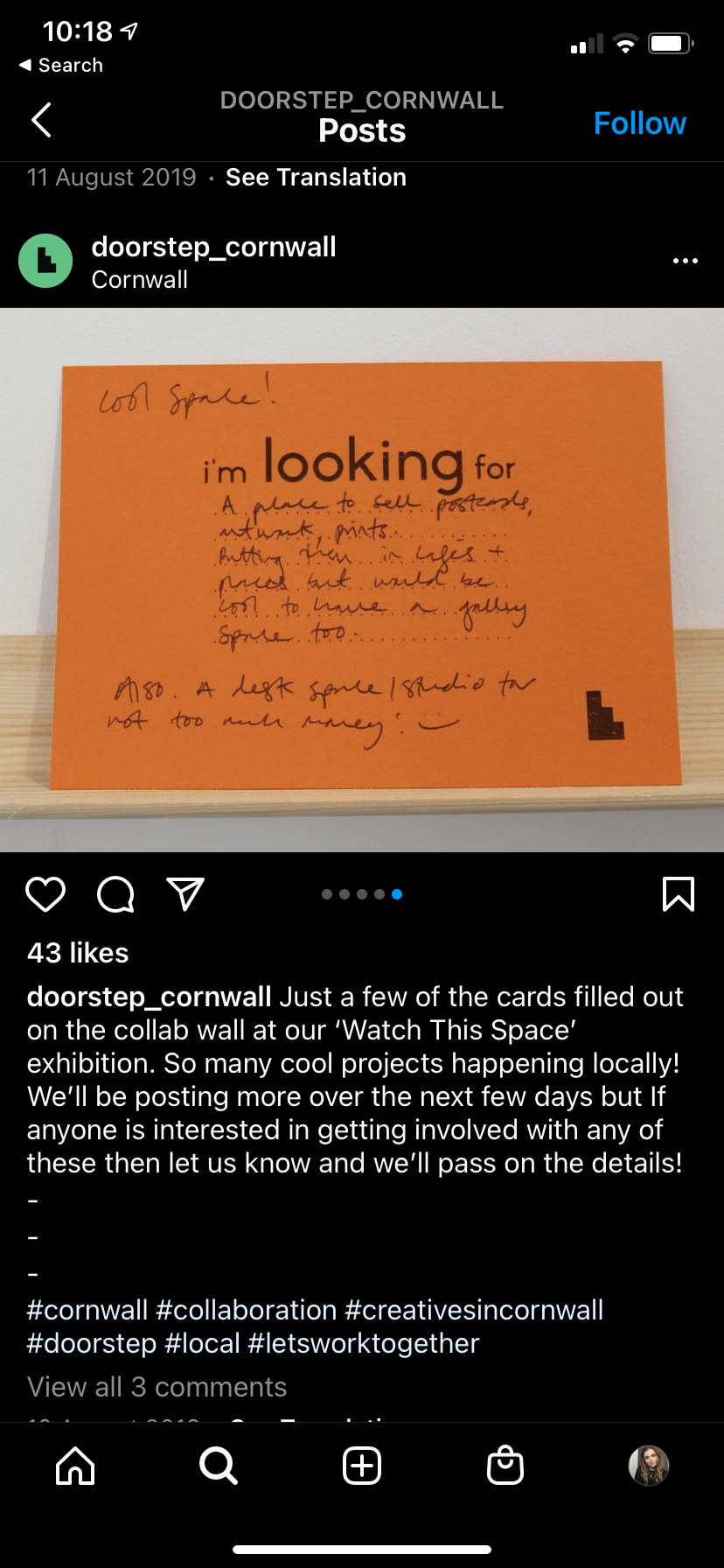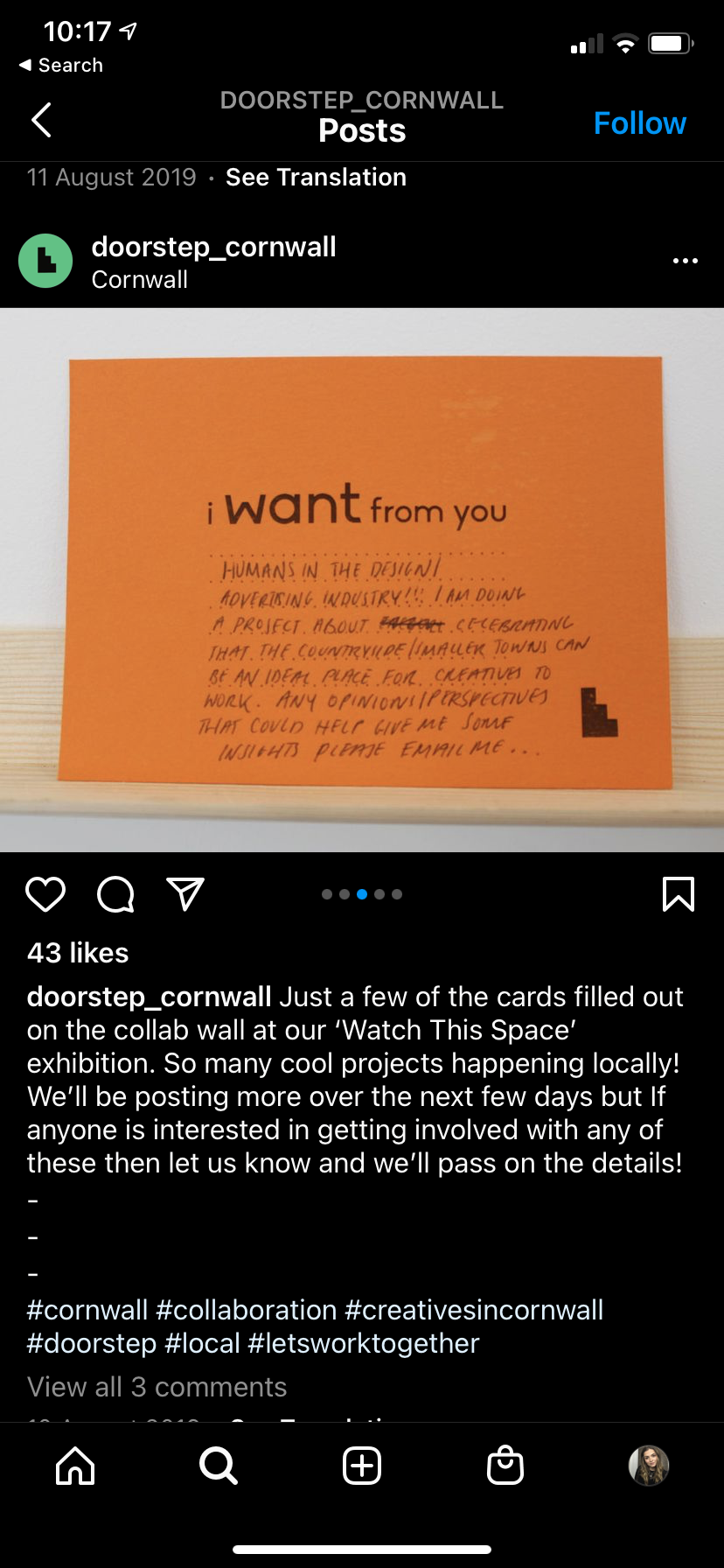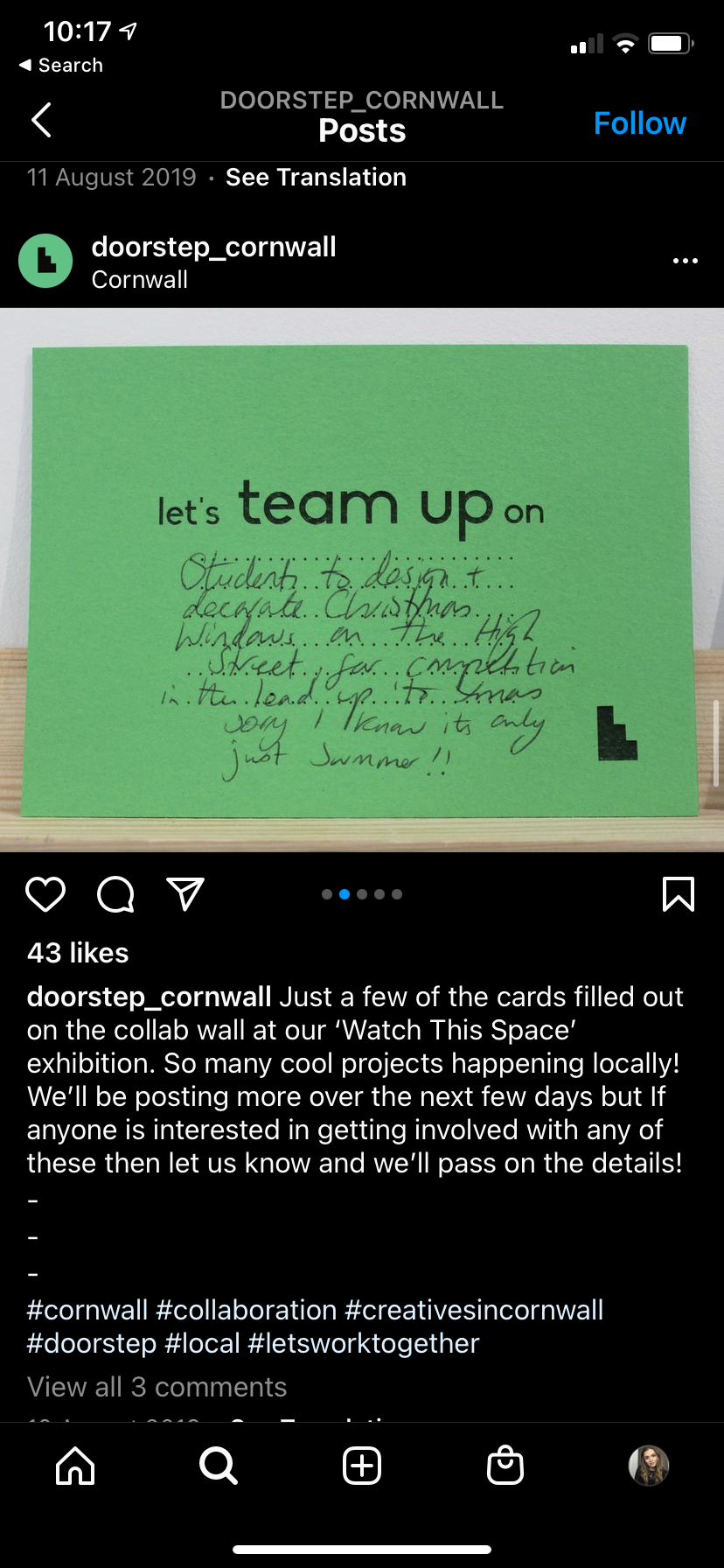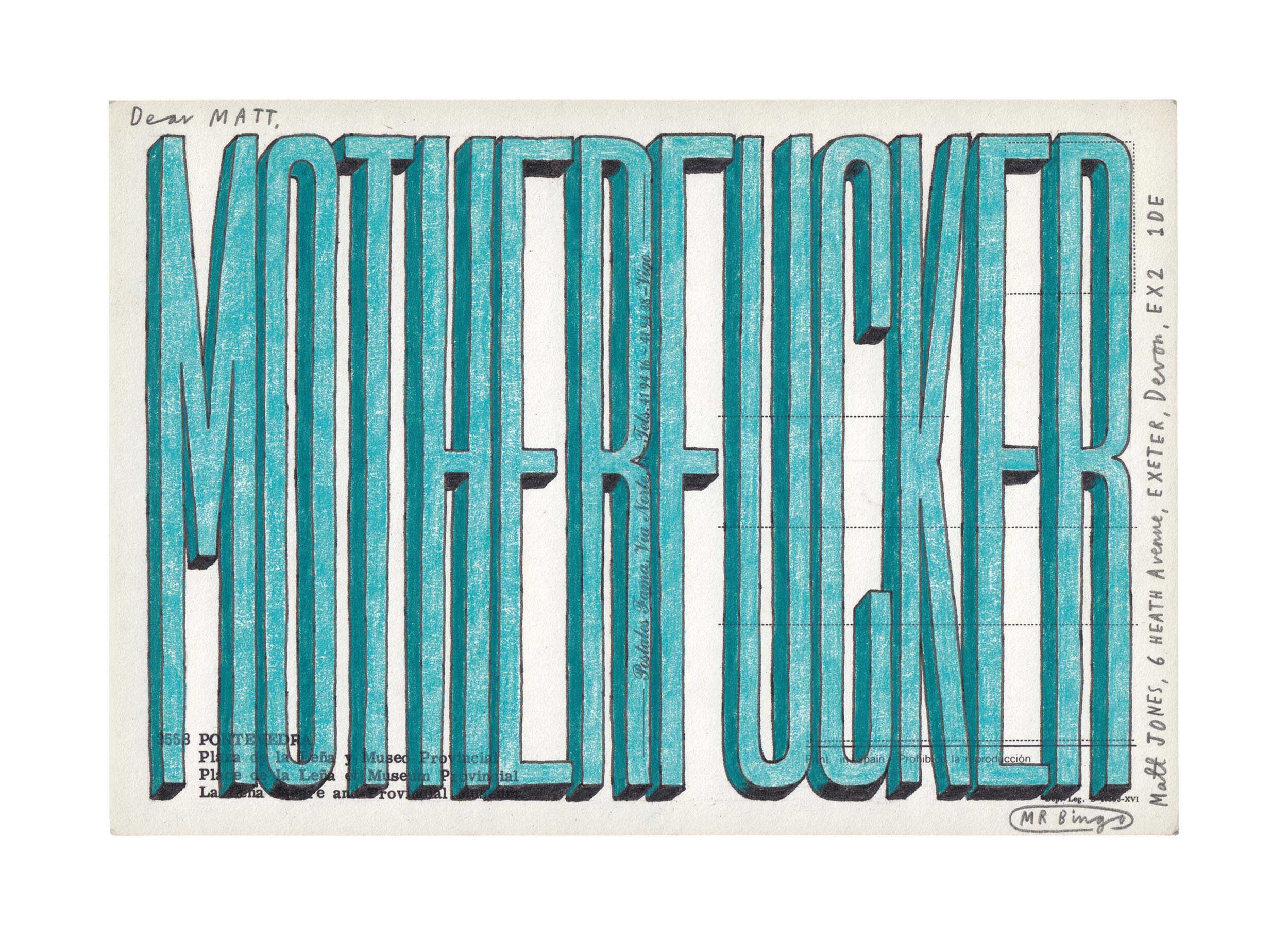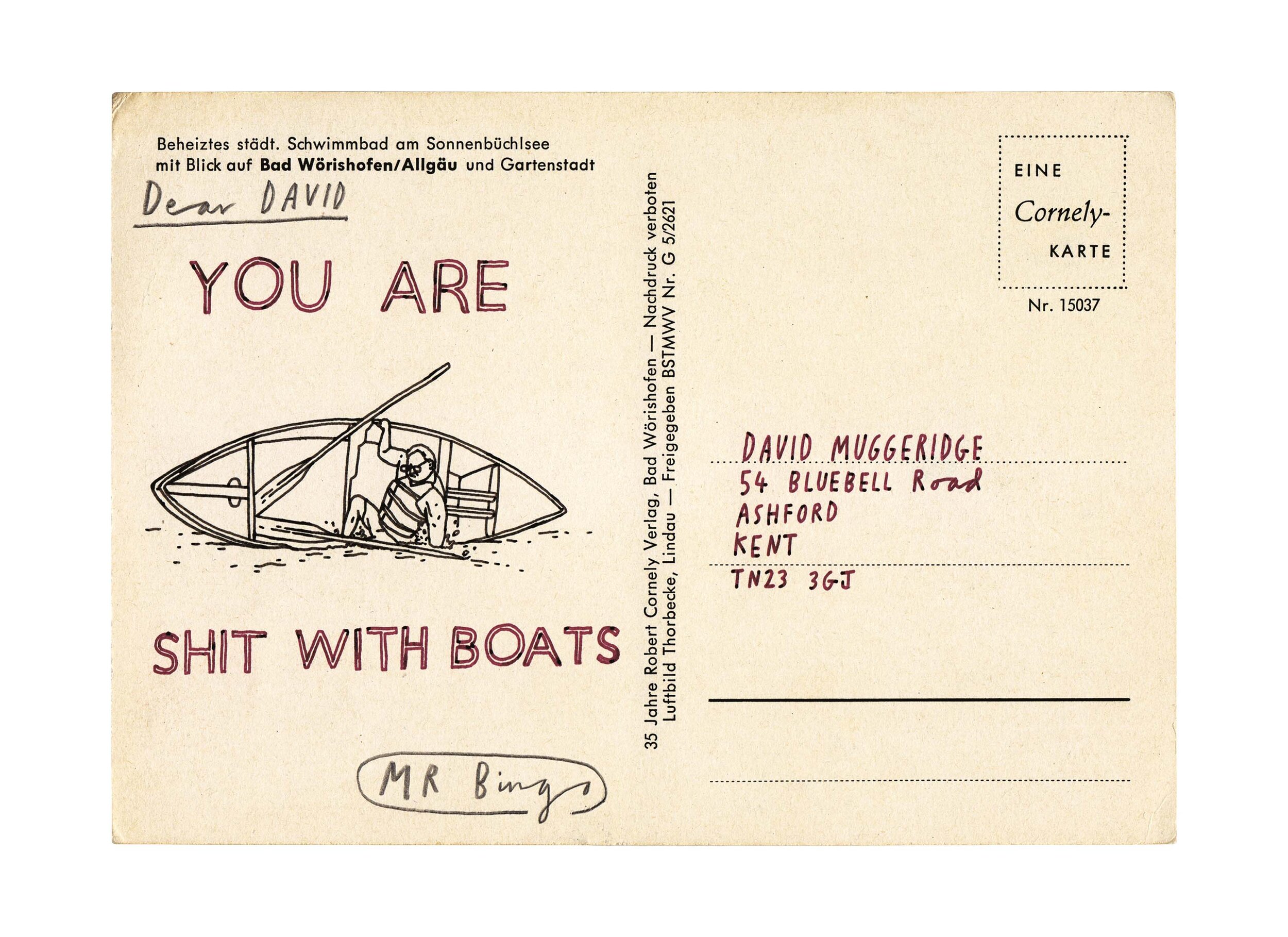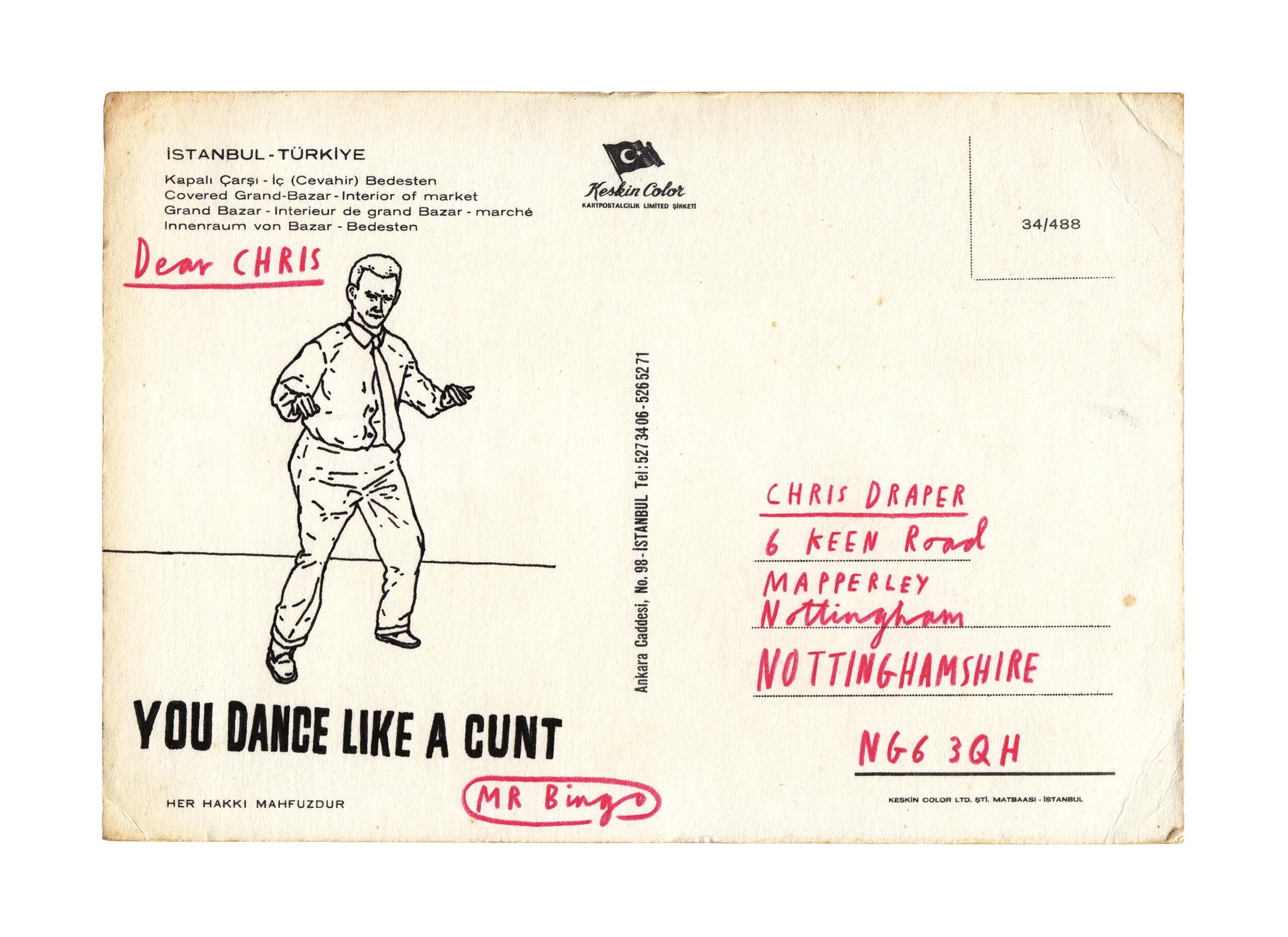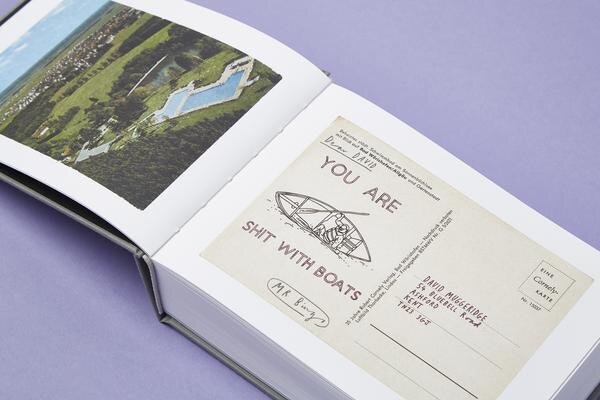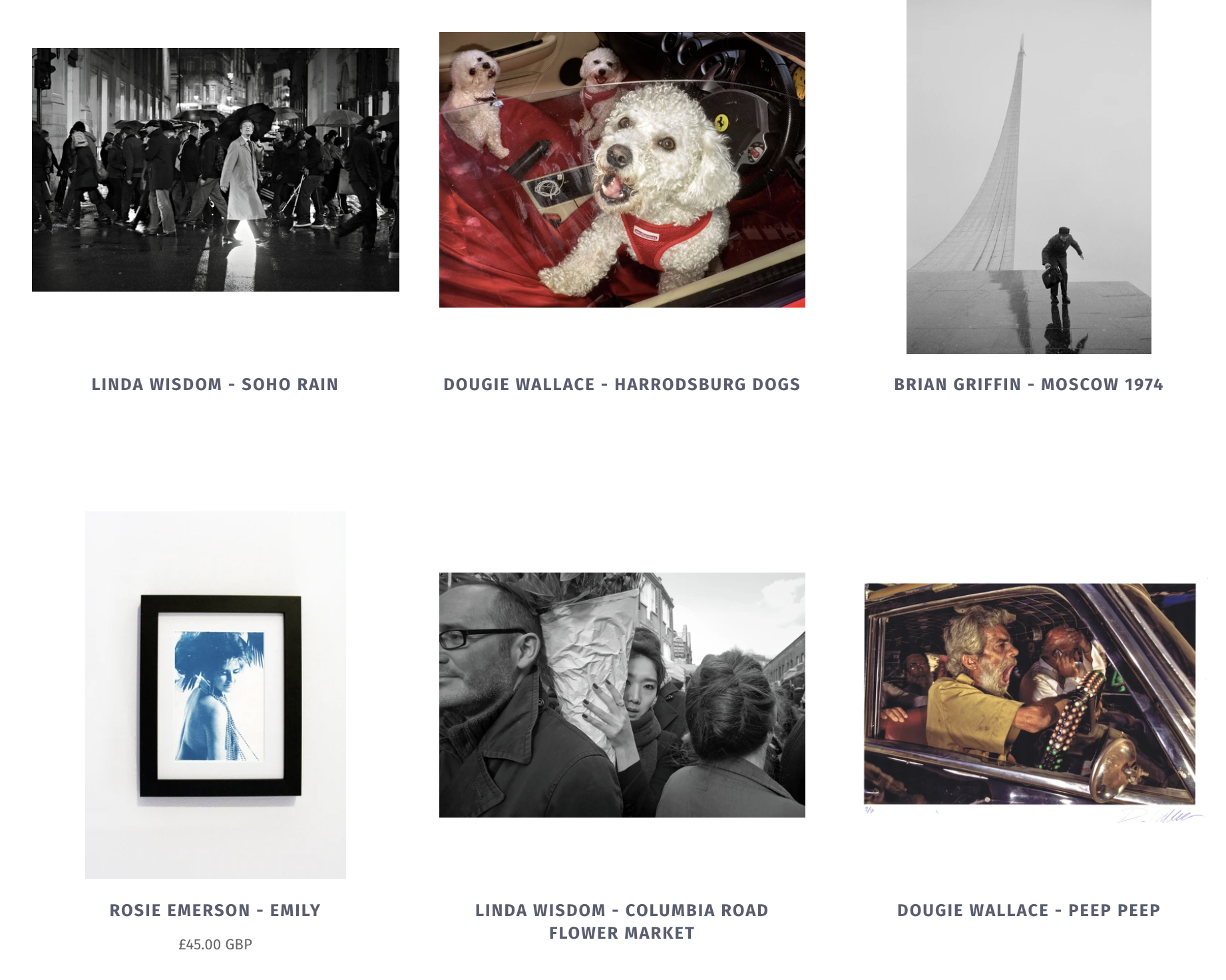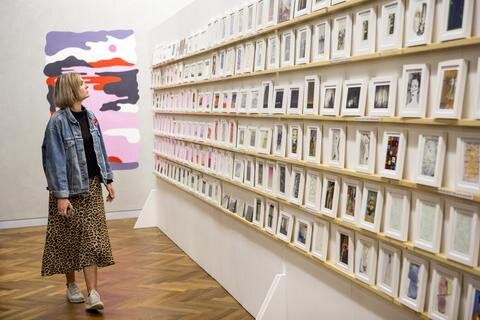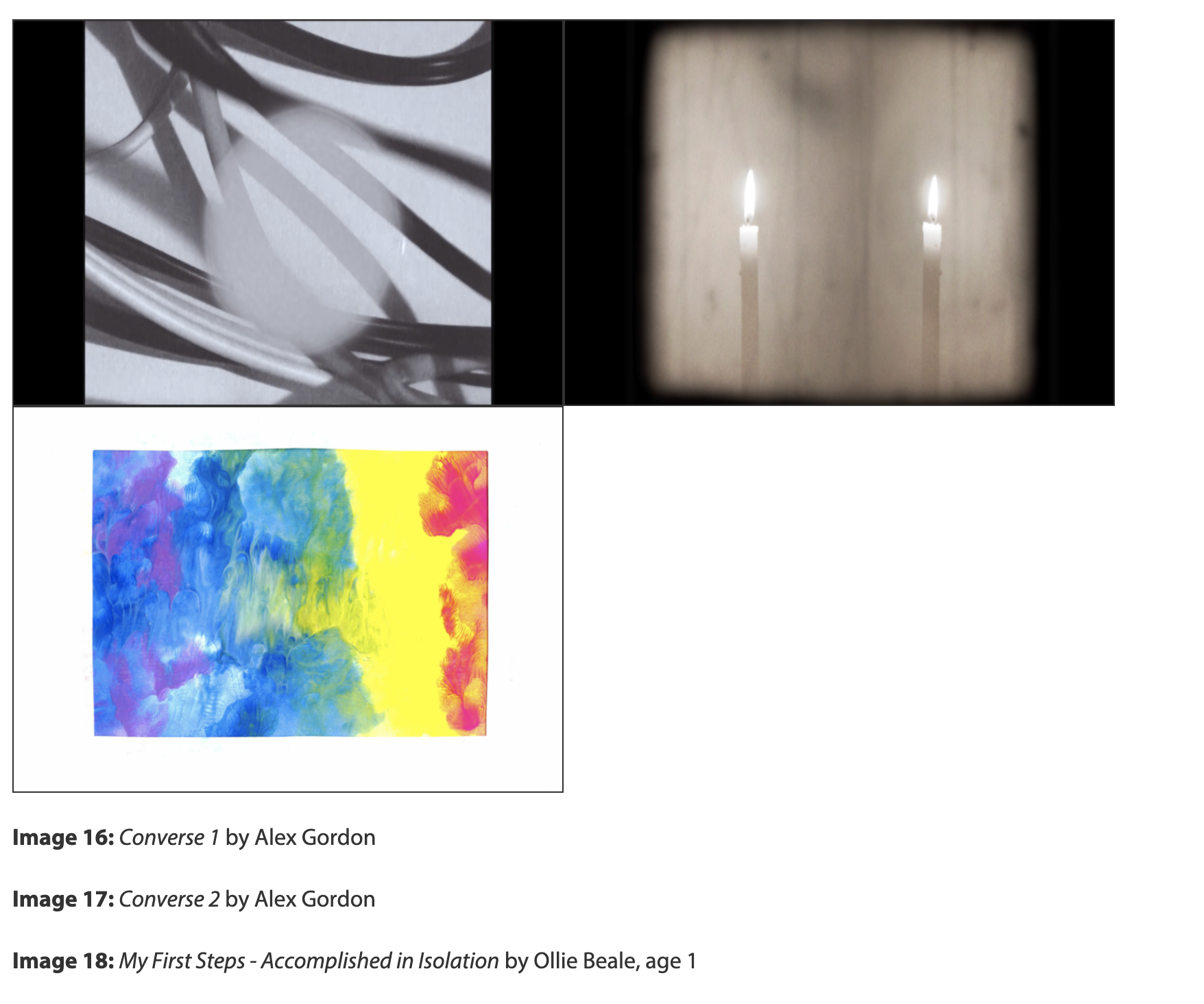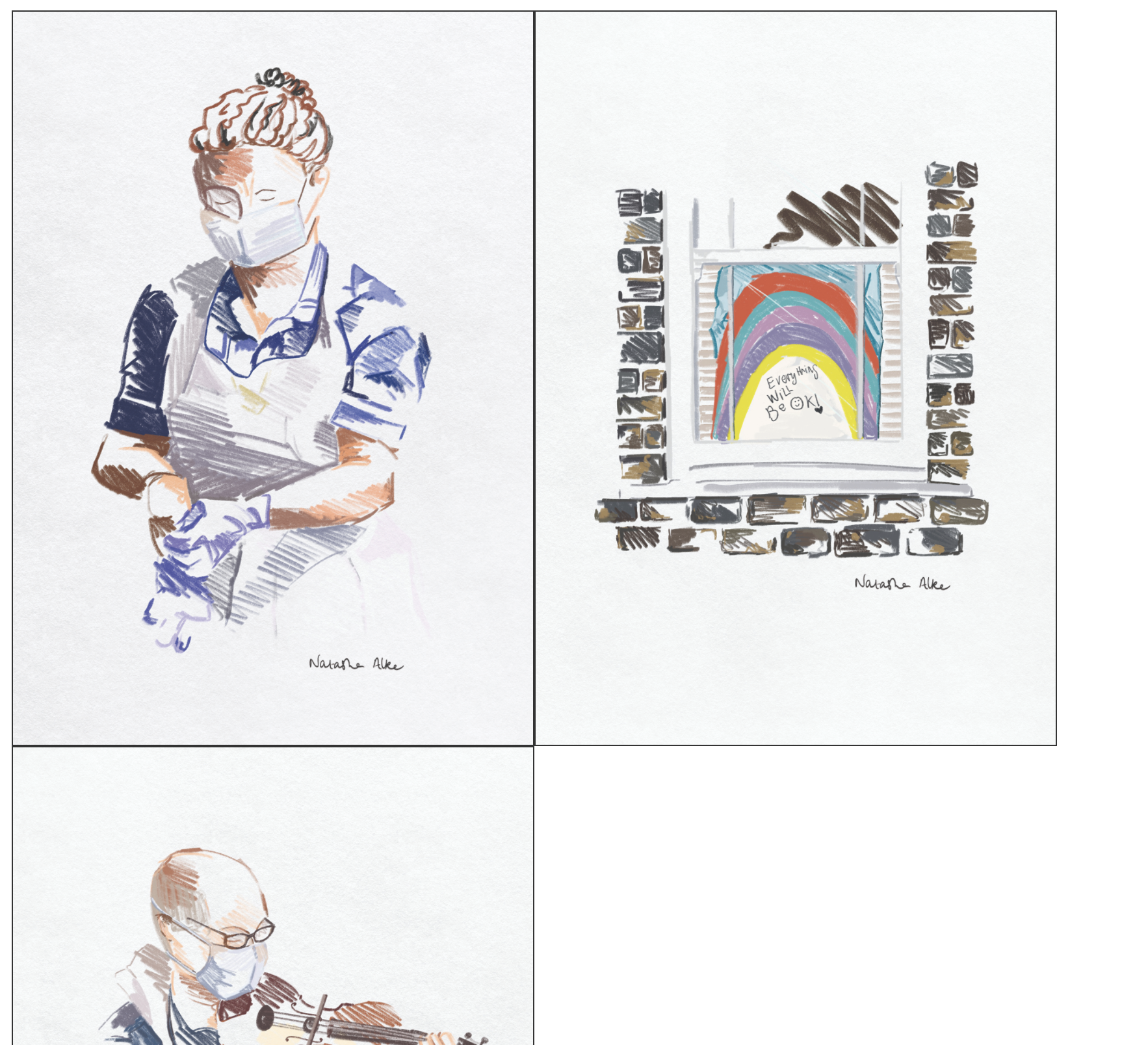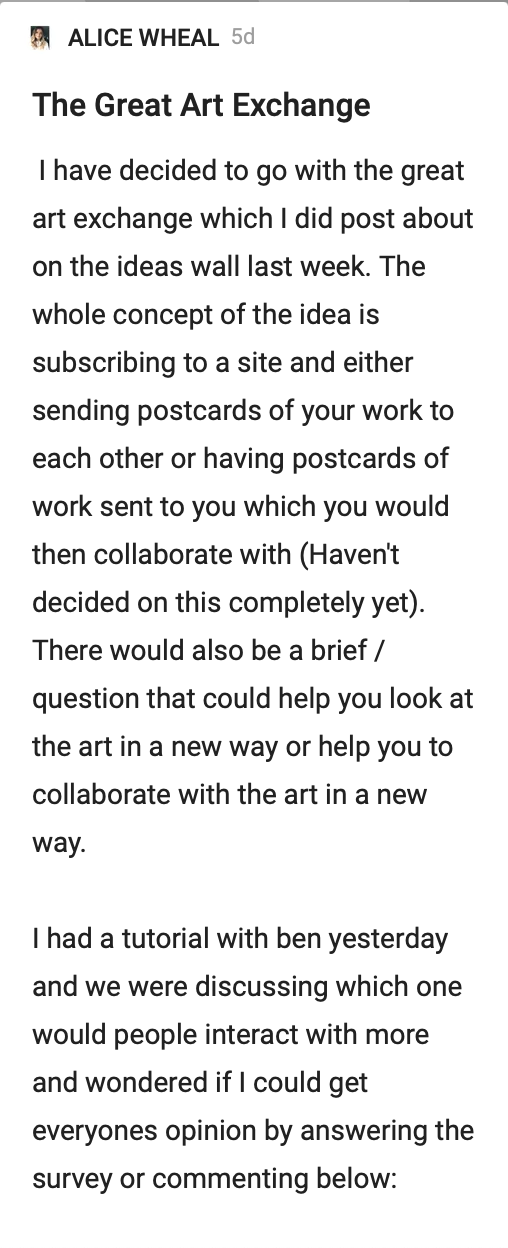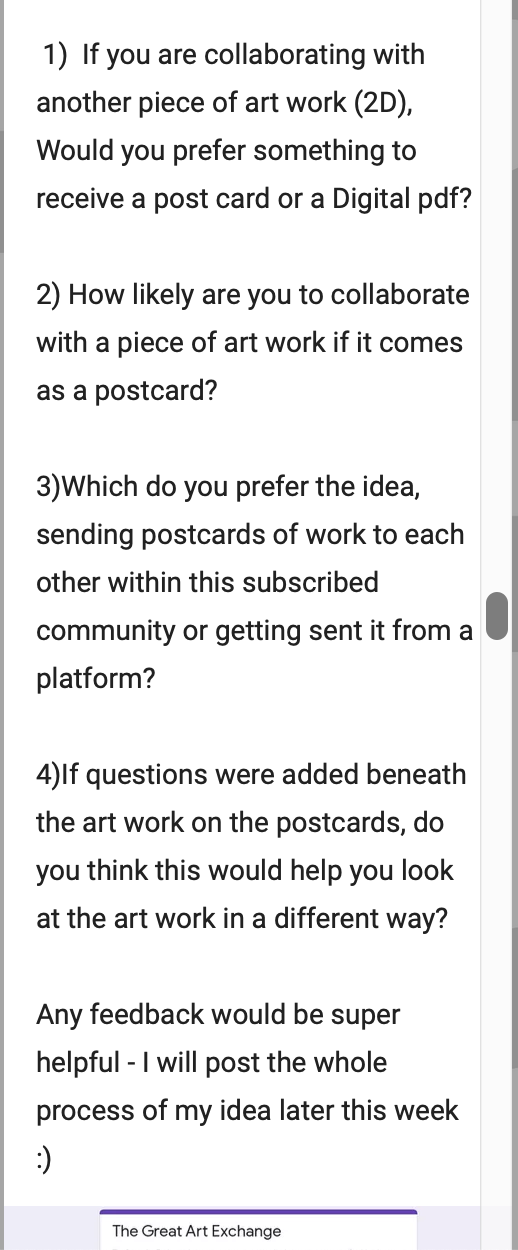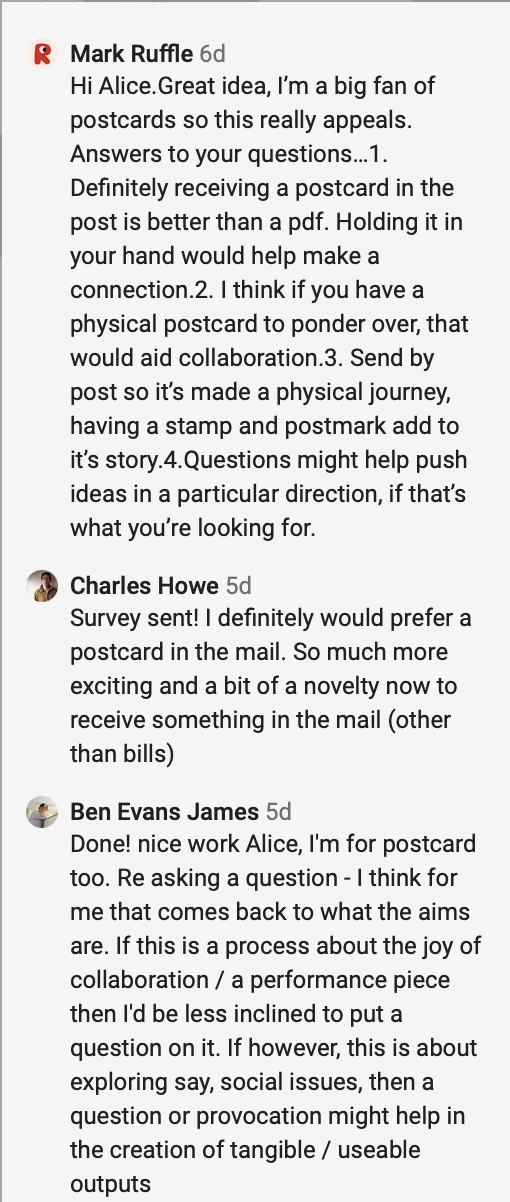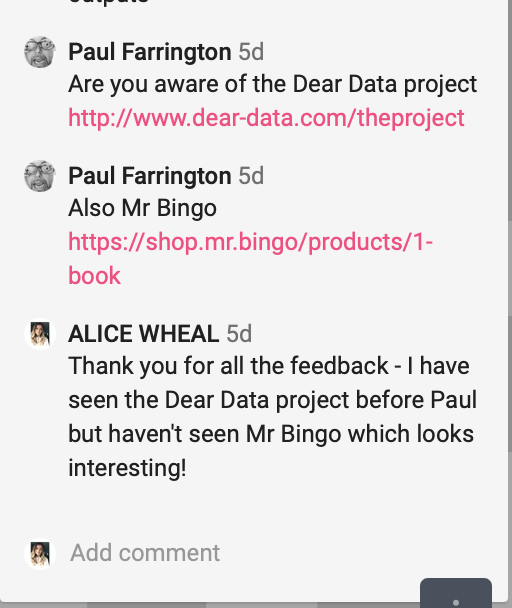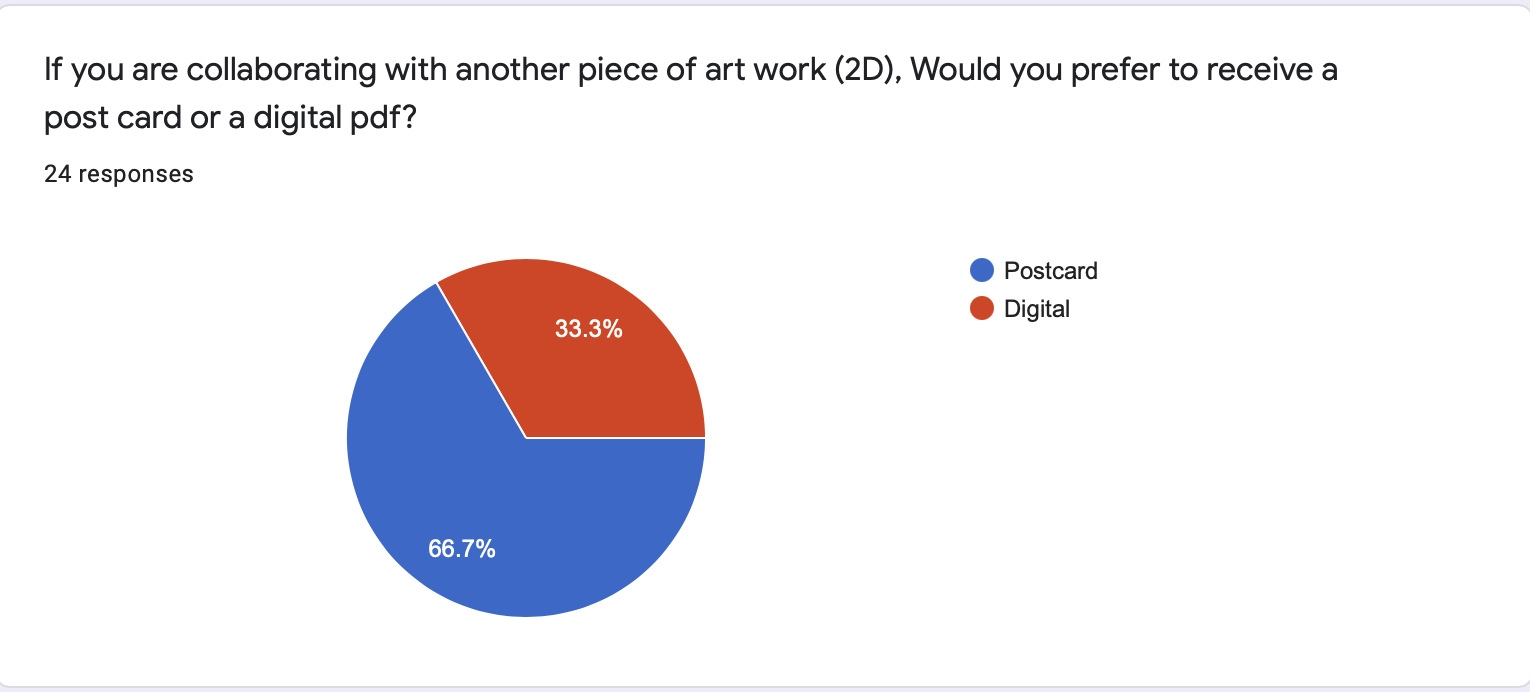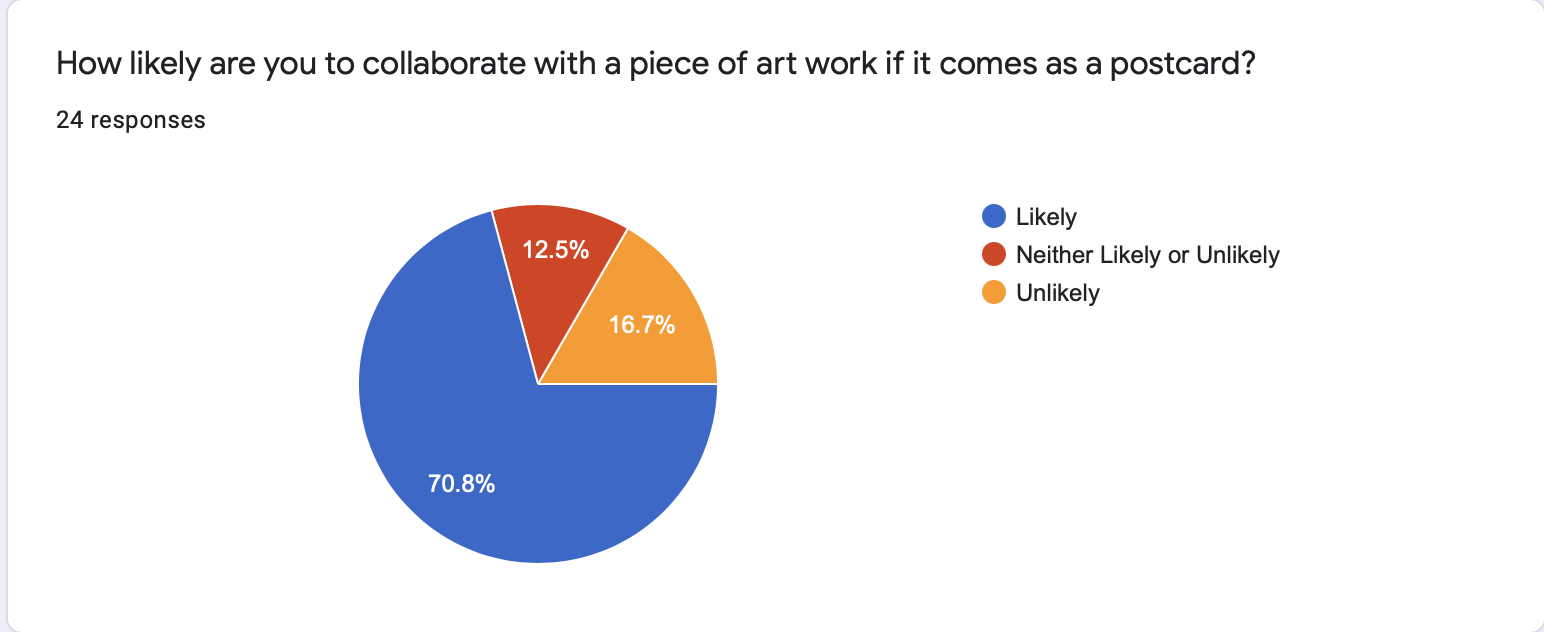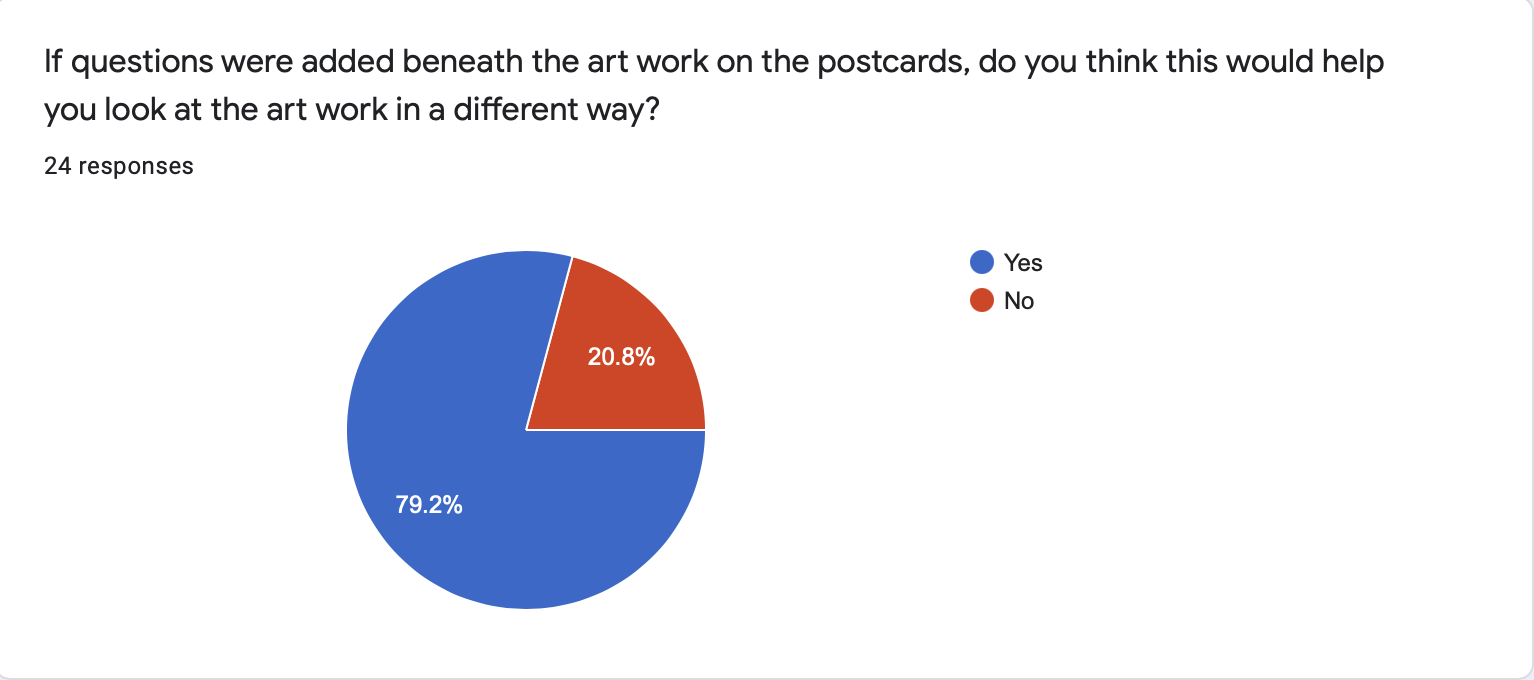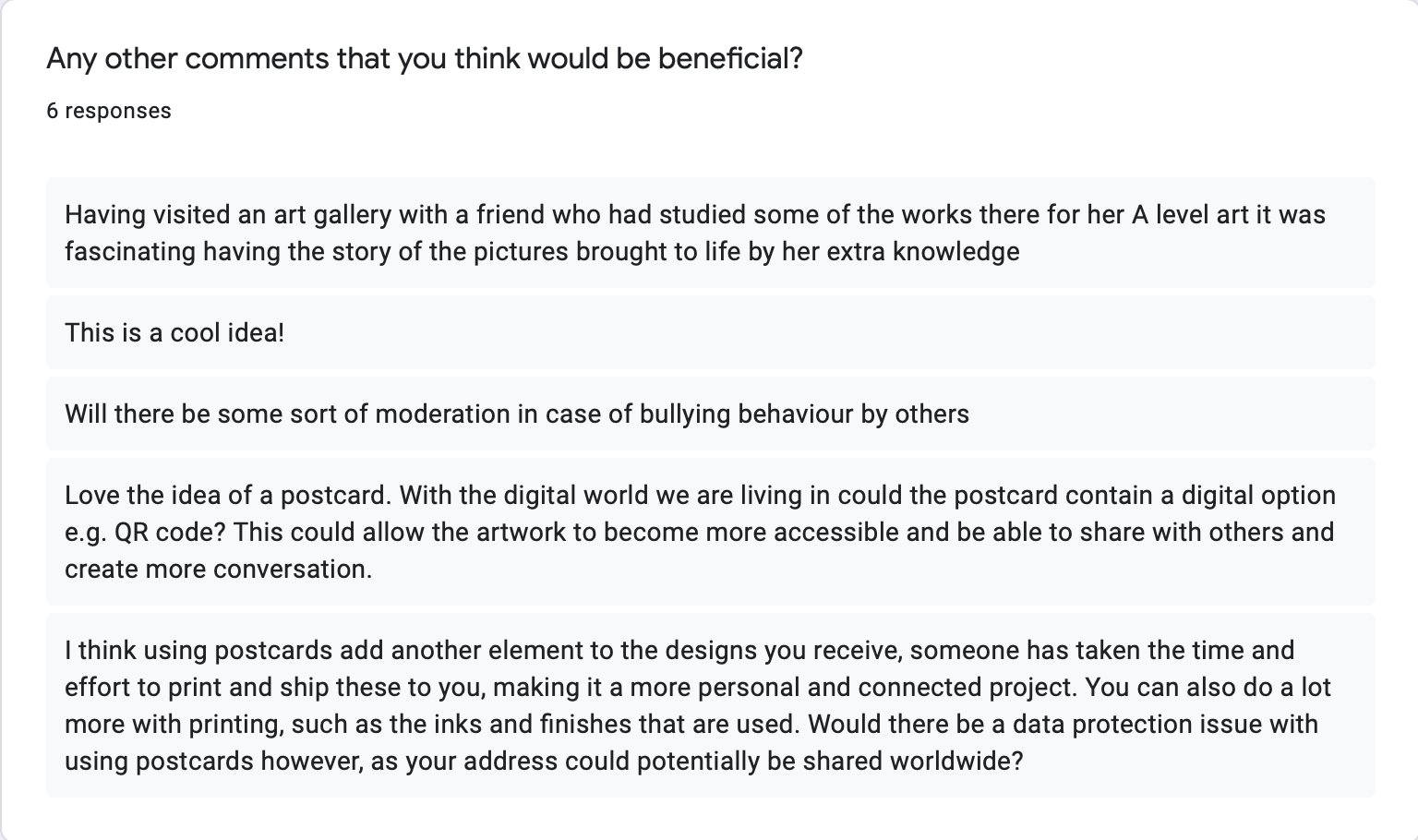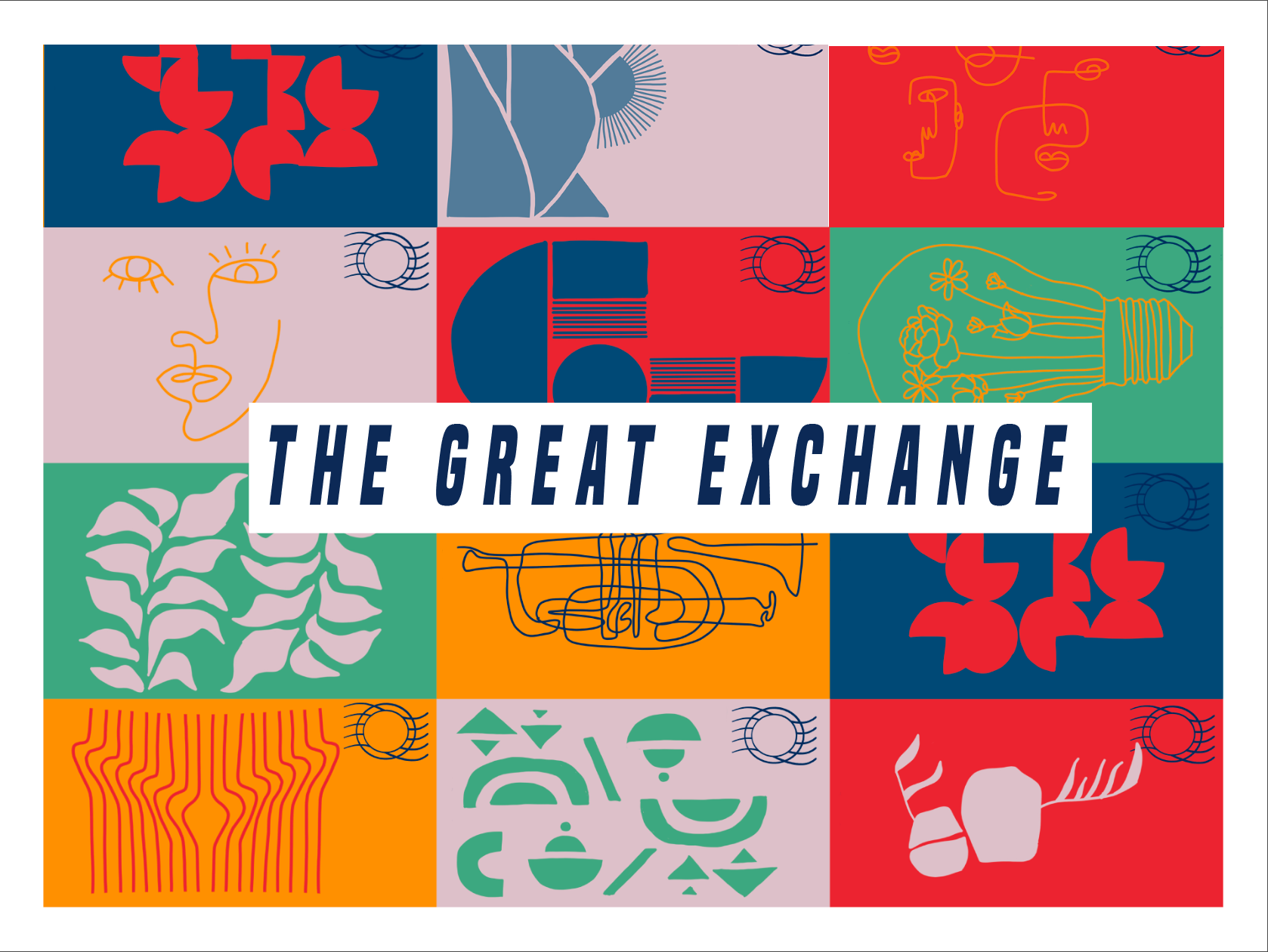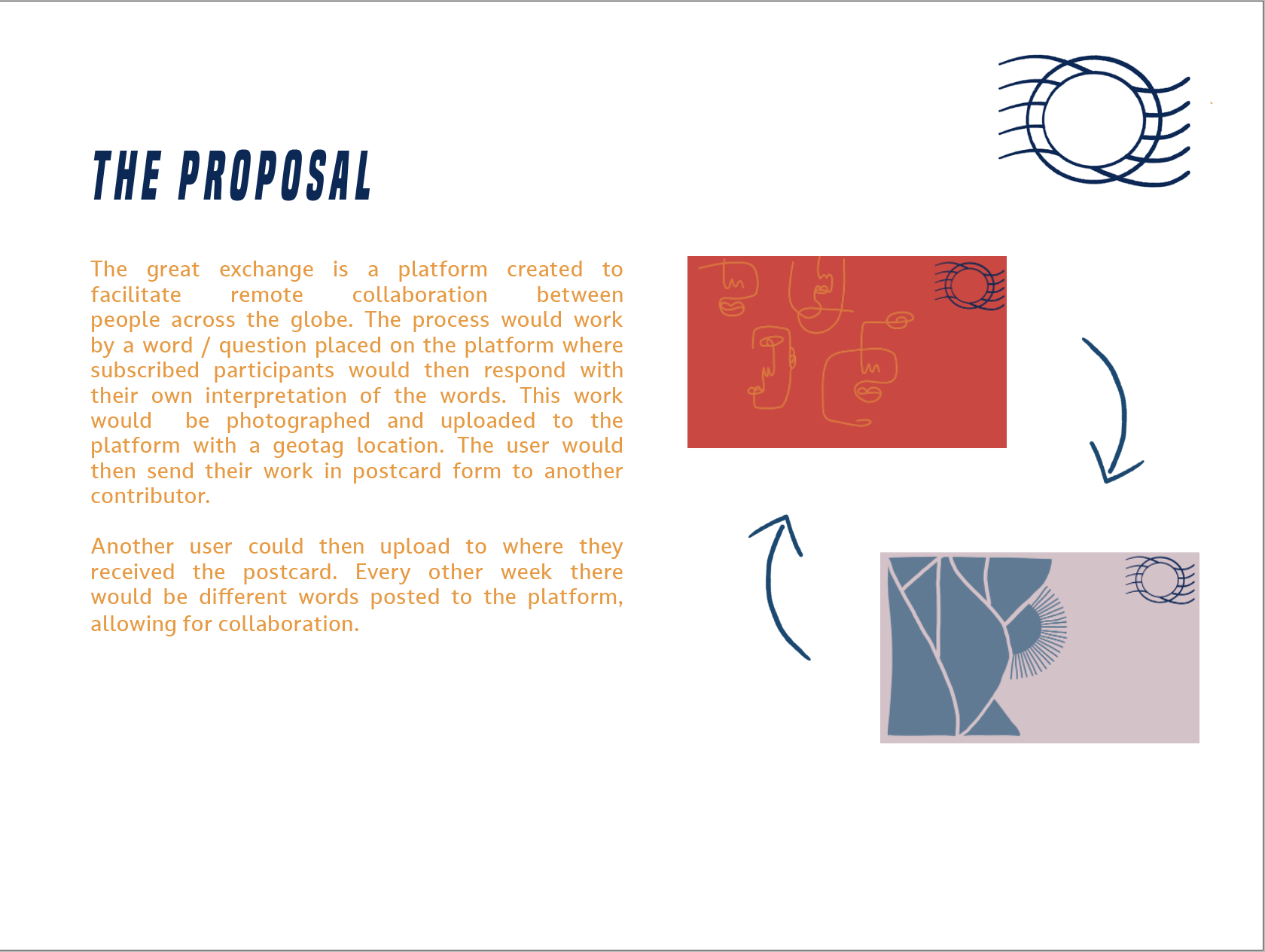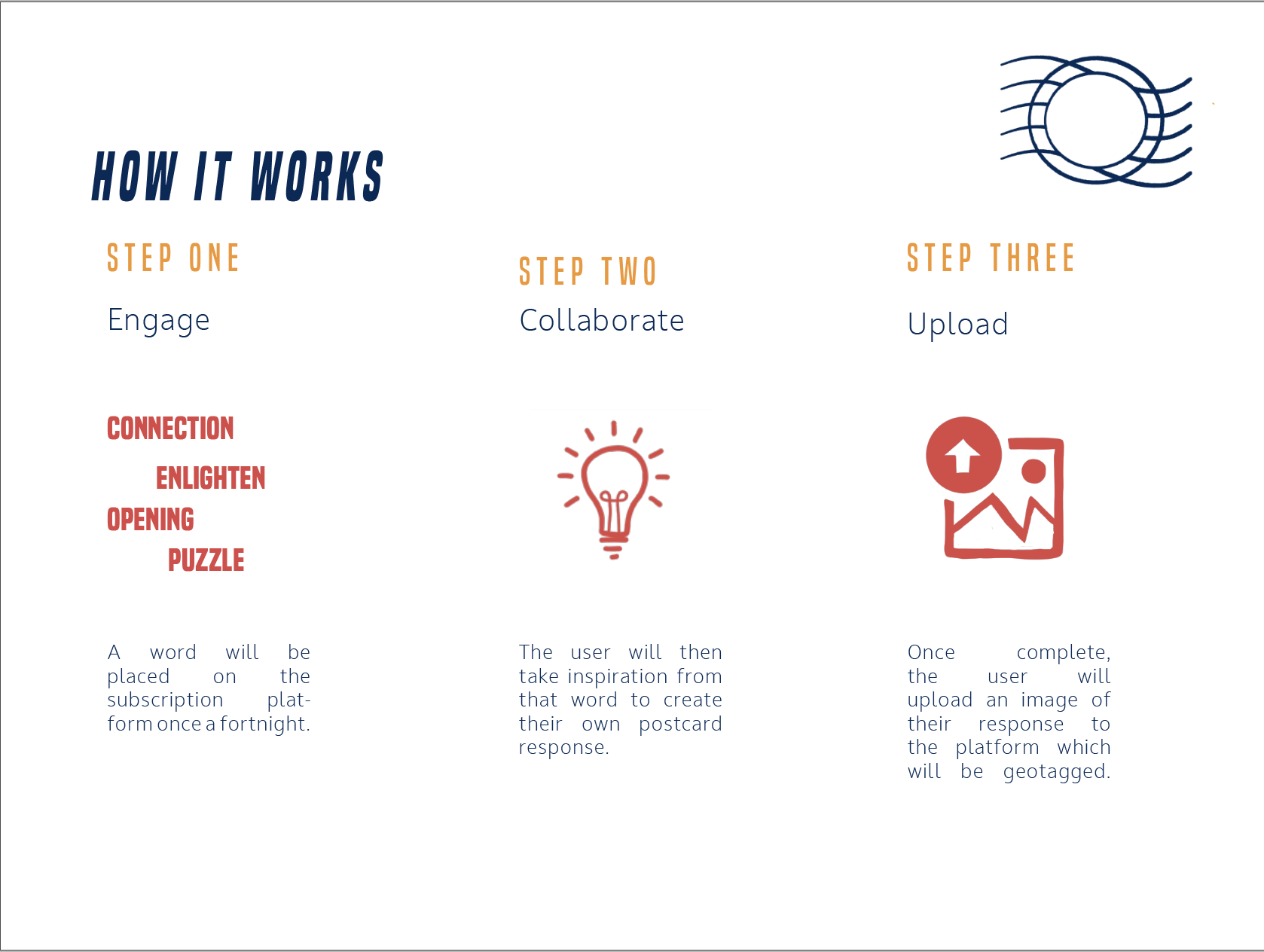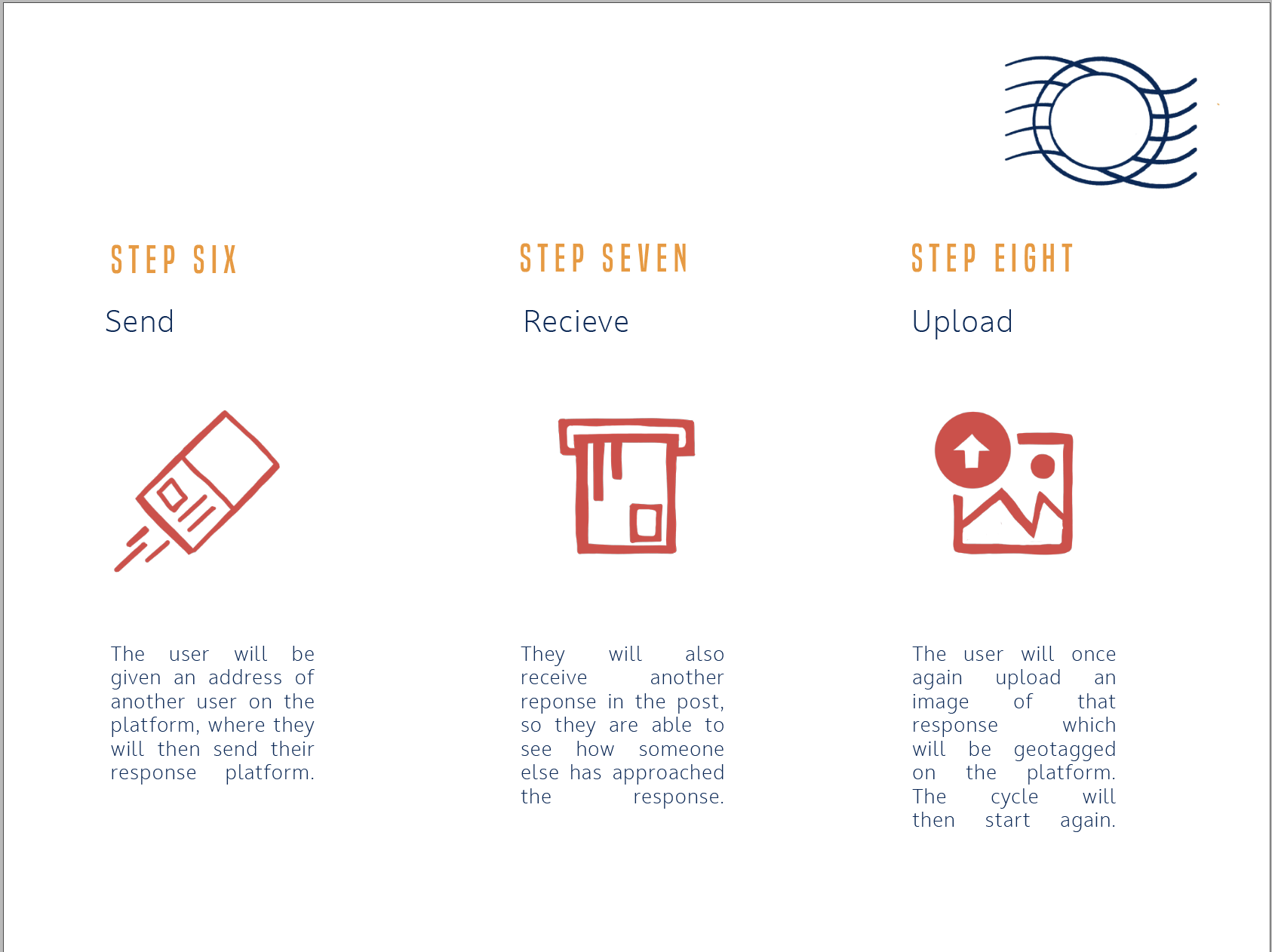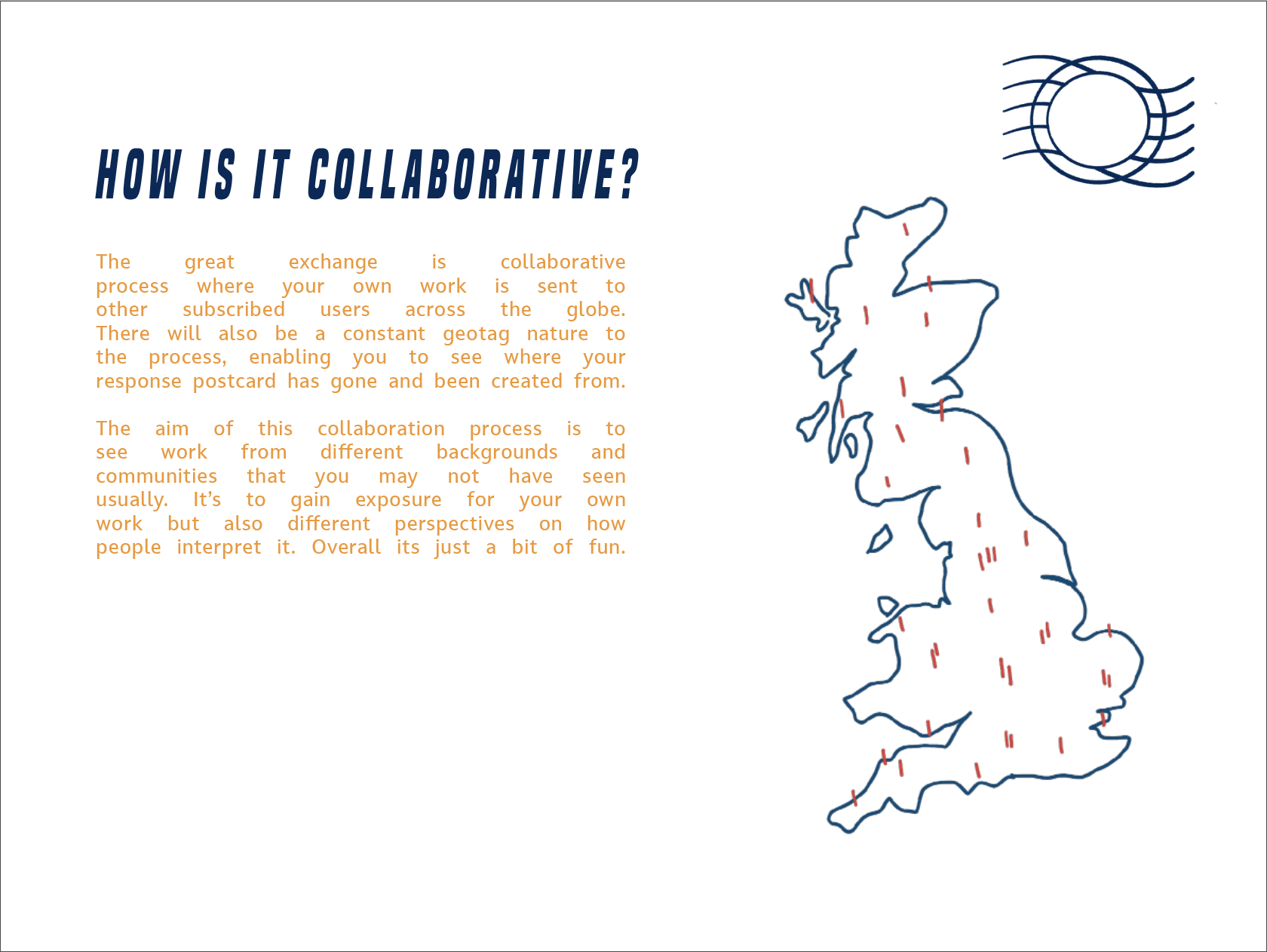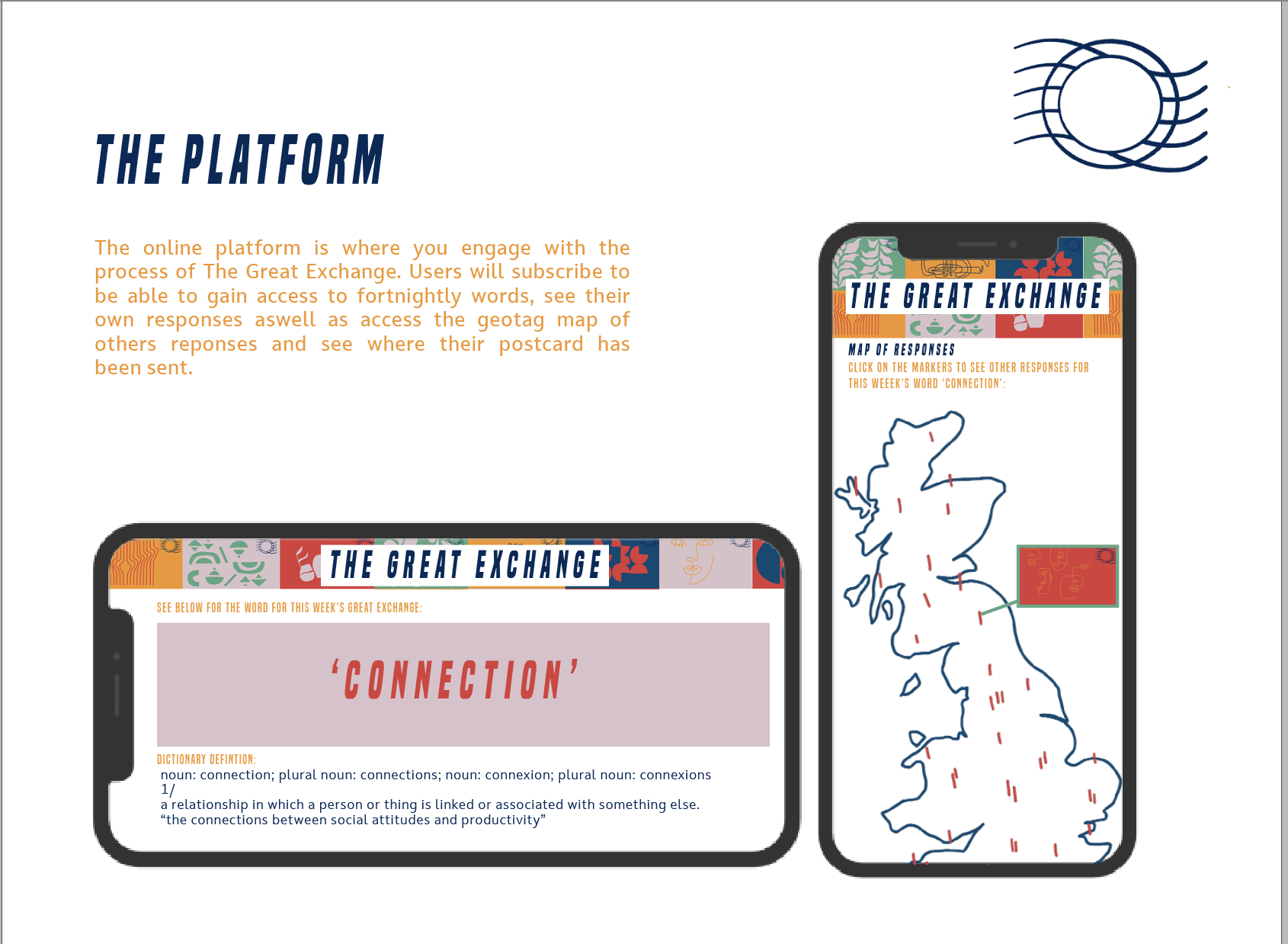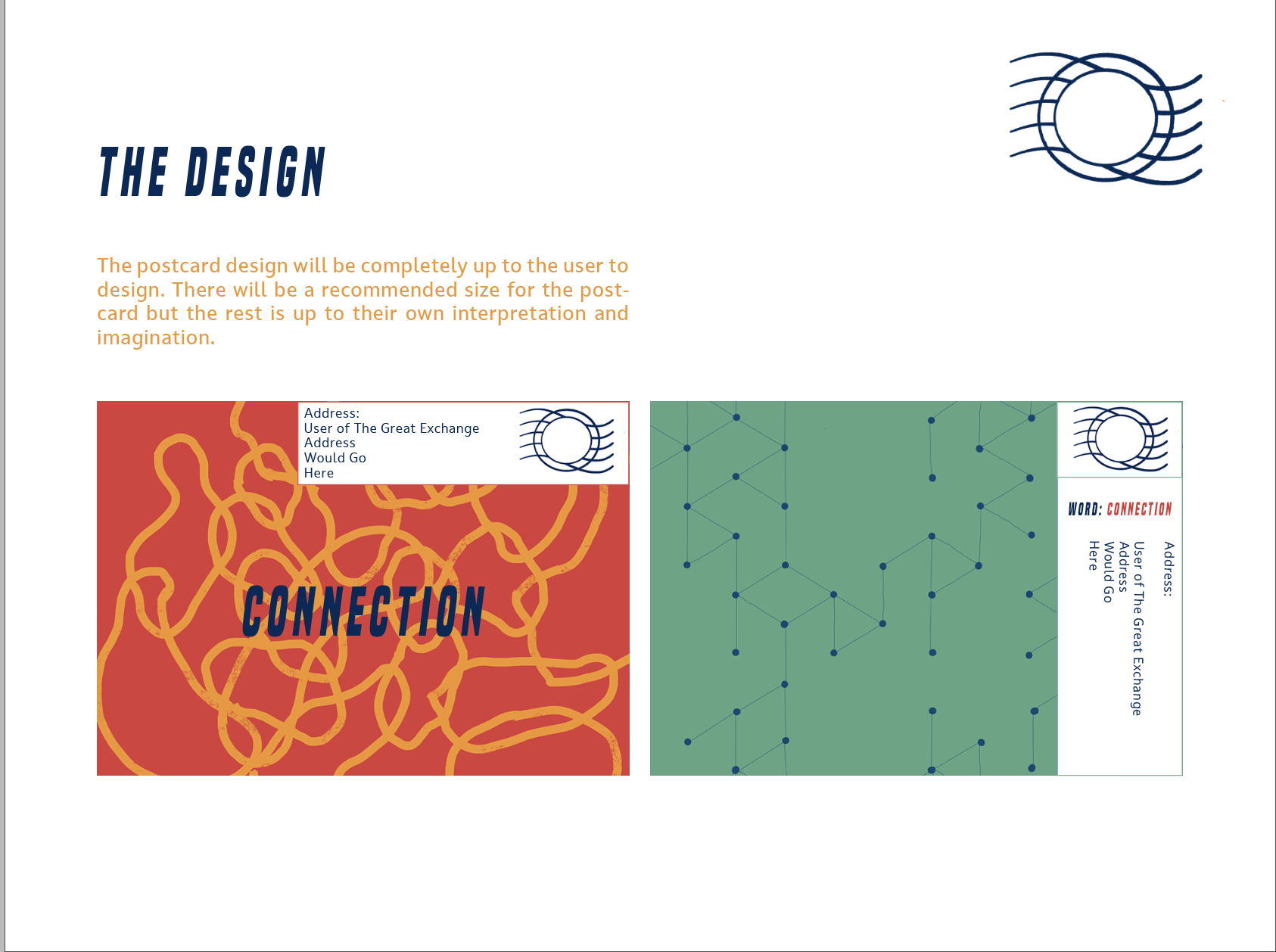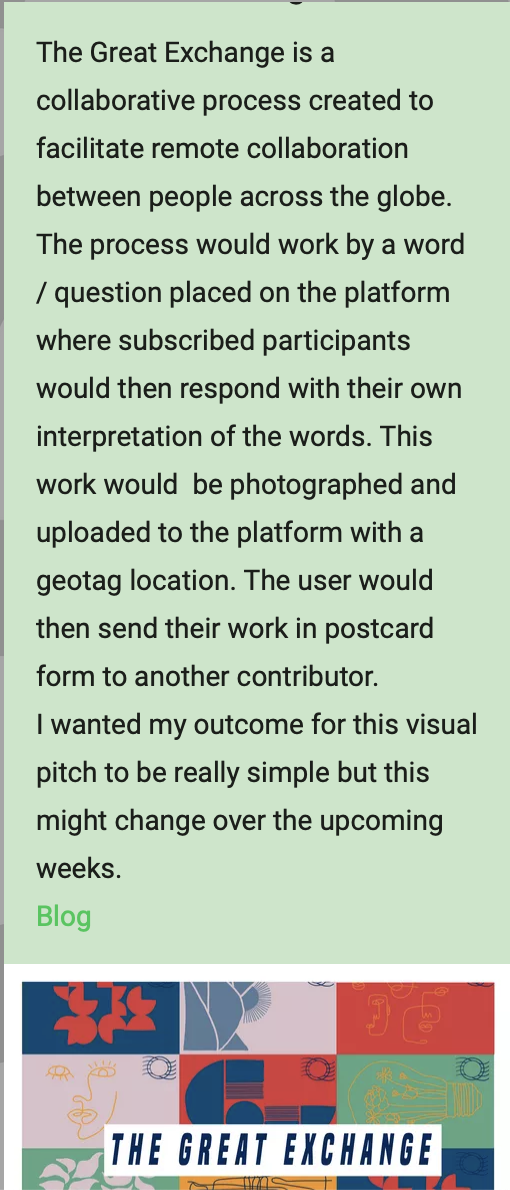Week Eight
Lecture Notes:
Lecture Summary:
Within the lecture this week with Dan and Nana from Tectonic, they talk about their process as a company and what they do to come up with ideas. They spoke about their process with creating ideas and how to take this from the problem to the solution. Overall a lot of questions about the problem before you get to the solution, which then questioning the solution and whether this is the right solutions for the client and audience. They go on to talk about how to make and design the product and always go back to questioning yourself about why you are designing this as well as looking at trends and thinking about the users journey and story. I thought this helped me put into perspective about answering a problem instead of just designing for the hell of it.
Resources Notes:
R1
R2
R3,4,5
R6
Resource Summary:
R1
Another super interesting Hato Case study, having looked at hato a lot in the previous weeks of the project, It was interesting to see this co-design that was designed by the local community which led to the interesting brand of pick me up. I love how they have presented all of the outputs below. This project shows that the output can be really simple yet effective.
R2
This is a Cornish based brand that look at how they can make our society more sustainable. One of the case studies that i was really drawn to was Cornwall link which was a platform created to help connect those within Cornwall and try to reduce the social isolation within the pandemic. This is something so small but effective as I know that a lot of the Cornish community would appreciate. They also do service design and really believe in telling a story which i think was shown within the autism strategy video, they got the people from the centre to learn about the making of a video and to be included which made the whole proess fun for all. I was really taken by Made Open with their small but impactful projects.
R3,4,5
I have combined all of these resources into one as they are all on the firefox Mozilla. I thought the most interesting part of this case study was how they set up a public blog where they posted their development so that the public were able to comment on the process that was being created. They then used this feedback to change the designs and the data implemented the final design. Not a lot of brands would do that as they would be too scared but this really worked for Mozilla.
R6
Commons Platform is a values based social media which is owned by everyone and for everyone. After watching the video with the founders Sophie Varlow and Nick Wood, it is clear that they wanted to replace some of the existing structure with ones that would allow for people to bring skills together. I think it seems like a nice way to create something where people would usually feel left out. I also liked how the workshops that they were putting on for others, were completely free which is a great approach.
Research:
-Collaborative Tools – Building New Models and Tools for Future Practice.
-Research and analyse existing examples of catalysts that think about work in a completely new way.
https://www.wired.com/insights/2013/11/how-digital-tools-are-transforming-innovation/
Within the article above, It talks about how these online digital tools are transforming how things are invented. Digitalisation and the need for it is increasing and always will due to the demand. Lots of companies are investing in them due to the need to change the way they are working and trying to speed up the design and development process. From the research that has been done, these tools are improving the ability to innovation quickly and improve profitability. I thought this was interesting article to read especially after researching about all the different online platforms that are around.
Taking inspiration from Hato, I wanted to see if there were any other projects like this that enabled an output.
Assemble Collaboration - Book
https://assemblestudio.co.uk/p/collaboration-book
This book has some of the collaborative strategies that assemble has developed over their 10 year history. They also include the collaborators that they have worked with along the way and by giving the space for these collaborations. This book is the ongoing documentation of assembles approach to all the making, materials used and what the work means. This is a really lovely idea especially as each collaboration with a contributor is different so its nice to see the whole process documented.
Doorstep Cornwall: Collab Club
https://www.instagram.com/doorstep_cornwall/?hl=en
Collab club is something that was started in Cornwall within the cafes and the art exhibition spaces. There are 3 different types of cards with different things and you can write your details and what you want to collab on / interested in that way others can get in contact with you. This helps the graduates of Falmouth university as-well as any freelancers that are based down there. I felt that this was a really wholesome project, that helped out others within cornwall.
From the ideas wall after posting my survey; Paul mentioned I should research the following:
Dear Data
http://www.dear-data.com/theproject
A project that i have looked at in a previous module, is dear data which is a year long analog data drawing project by Giorgia Lupi and Stefanie Posavec, who are two award winning designers who live on the opposite sides of the world. These postcards have recently also been made into books. But for a whole year, they made postcard data sheets about their lives. Just daily activities but made beautiful with the data sheets. This did remind me of my project but this was only based on data and was between two people.
Hate Mail
This project is based around sending postcards to strangers. It is based around suddenly wanted to send postcards of his work to other people. It became a indemand service to send hate postcards to other people. With Mr Bingos background being an illustrator, the hate mail was mainly just drawings. He has recently made this into a book with other hate mail that he has made. I thought this was a really interesting approach to collaborating with people from the internet, offering to send hate mail to people.
It was also mentioned to me that my workshop challenge was like the following:
Art on a postcard
Art on a postcard was initially intended to be a secret postcard auction. This would be with some of the famous photographers and artists. All the money that is raised goes towards Hepatitis C trust. I think this is such a lovely concept to collaborate with artists and photographers to raise money for such an important matter.
Together in Isolation
https://www.babylonarts.org.uk/projects/together-in-isolation-postcard-project.htm
Another project that stood out to me was this one called together in isolation. Anyone and everyone was invited to design and write a postcard that was inspired by how you felt or your feelings of isolation. They put the requirements of what they wanted to have, the size of the postcard and then people sent the results so they could display in the online gallery. A range of people submitted their work from a range of ages.
RCA SECRET
https://www.rca.ac.uk/more/support-generationrca/rca-fund/rca-secret/
Over the past century, the postcard exhibition has become the fabric of the college. There are a range of big and small names that are within the postcard exhbition, people have to pre register at a change of getting involved and seeing the auction pieces. The money that is raised from the event goes towards student bursaries. The art work in the exhbition is mixed with famous and non famous but the famous artwork might be hard to find. I thought this was another interesting way of contributing to a good cause.
Dedicated to the Unknown Artists
https://www.tate.org.uk/art/artworks/hiller-dedicated-to-the-unknown-artists-t13531
Another different project is this one by Susan Hillier, this project from 1972-6 consists of fourteen panels containing over three hundred original postcards of the waves crashing on the shore in britain. There is a map with the annotated postcards that are included within the collection. I thought this was such a lovely way to keep the memories and memorials of the coastline of britian.
In 1977 Hiller discussed the work in the following way:
Dedicated to the Unknown Artists was designed as an exhibition piece with myself in the role of curator, collaborating with/extending the work of the unknown artists who created the Rough Sea ‘set’ of postcards. The ‘coincidental’ pairings of alternative descriptive languages – verbal and visual – are sustained as levels of presentation throughout the piece. While the charts may look like models of objectivity and the visual images like expressions of subjective internalizations, they lead to a series of paradoxes involving the unexpressed but intended vs. the expressed but unintended.
(Quoted in Tate Britain 2011, p.76.)
Workshop Challenge:
Develop a digital tool or process to aid the collaboration for future working from your findings in the previous three weeks.
You should ensure this response is to your own emerging ideas on your own working methodology.
Present your idea as a designed visual proposal in the format of your choice.
From last week both my options were a graduate collab website that would enable graduates to come together to collab on different bries for companies like a freelance website. My other idea was this Great Art Exchange that would have postcards with art on that you can send to others.
After talking through my ideas with Ben, I decided to go with the Great Art Exchange as I wanted a physical output. Whilst in our discussion, it was mentioned that people may not use the platform if it was just for fun purposes so i decided to do a survey and send to people so I could get their opinion on the design and functionality of the platform / postcards.
I needed to decide some things about the process, so decided to do a survey that would help me decide what other people thought of my idea as well as what they would do as a user.
The questions were:
If you are collaborating with another piece of art work (2D), Would you prefer to receive a post card or a digital pdf?
How likely are you to collaborate with a piece of art work if it comes as a postcard?
Which do you prefer, sending postcards of work to each other within this subscribed community or getting sent it automatically from a platform?
If questions were added beneath the art work on the postcards, do you think this would help you look at the art work in a different way?
Any other comments that you think would be beneficial?
I posted the survey on the ideas wall too which allowed for feedback that helped me look at things differently.
I decided to stop the survey at 24 awnsers:
From this i thought about having a digital platform as well as the physical postcard collaboration. The process would be signing up online, uploading your own work to the platform that would then automatically send it to someone else with a QR code as well as a brief that would then allow them to collaborate. They would then upload this back to the platform for someone else to collaborate with.
With this idea, I went to crit knowing i had a full cycle and the feedback i was given to make it more simple and reduced. There was also an idea to introduce a geotag platform that would allow the users to see where they’ve posted from.
From this feedback once again my idea was changed to the platform being used to have words which would be posted every two weeks the words that are posted the users would respond too with their postcard response. Their response would be photographed and uploaded to the platform where it would be geotagged under the weekly word. Then the user would send this to another user within the same week. So you would receive another output from another user. Then when you receive it would be geotagged again. The cycle would then repeat for another word.
I wanted the design of my visual output to represent the responses as well as a postcard. I also wanted it to be clear and simple so the idea comes across.
This design might change over the next couple weeks as i continue to look through it.
Weekly Summary:
This week has allowed me to look at the processes of platforms differently. Before this week, I was researching a lot of complicated process platforms, which I think led me to believe that my workshop challenge needed to be more complicated long process. I felt that doing a survey really helped for me to understand what people were interested in, I tried to ask people of a range of with different backgrounds that would be interested in the collaborative process. I was surprised by the high level of people that wanted the platform to be digital. I used the answers from this to inform the process and decisions i made for the final process platform. I wanted the platform and the visual pitch to be very simple and the graphic identity to reflect the idea and concept. I feel if i had more time i would try to add more into the pitch.
